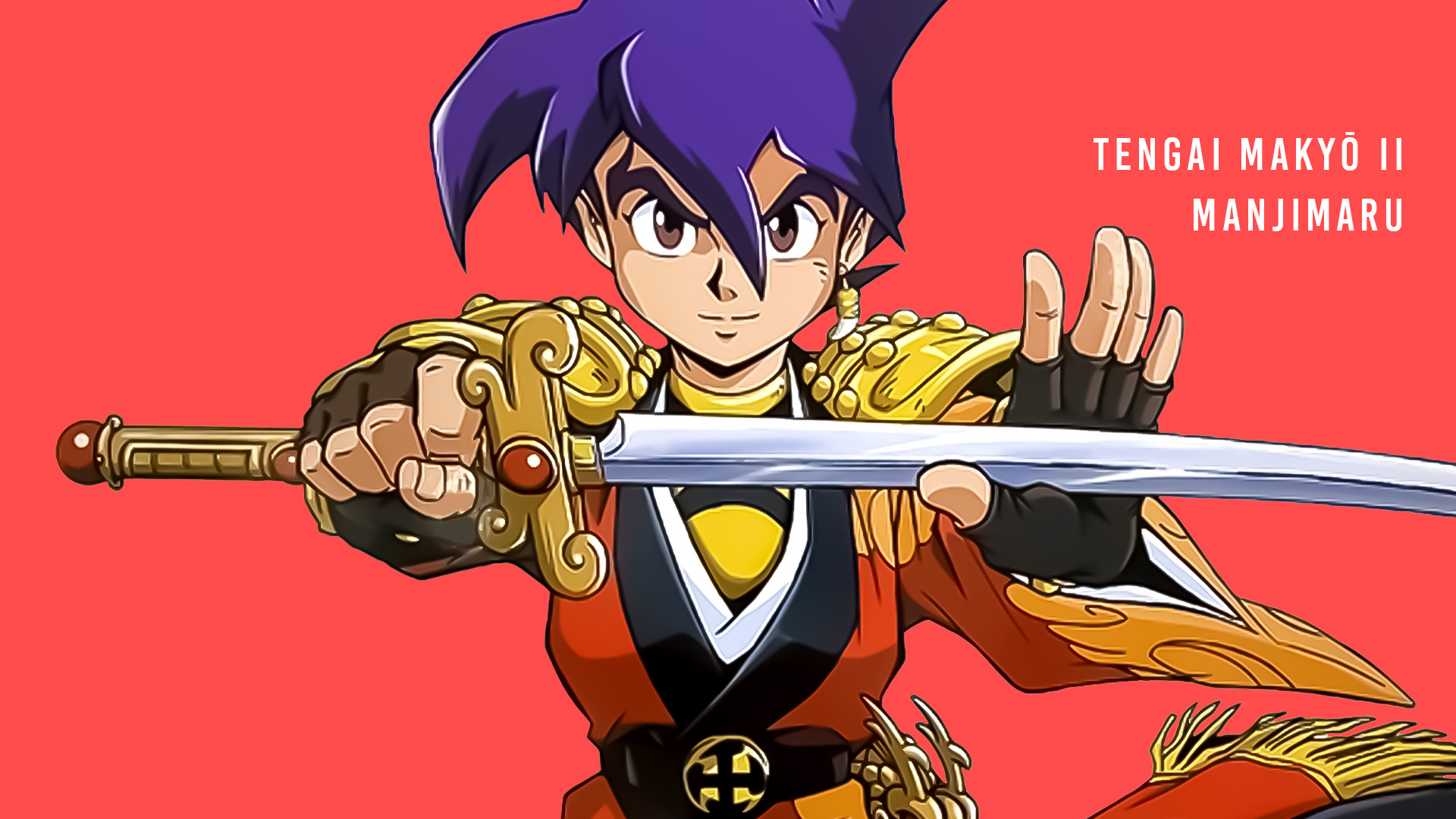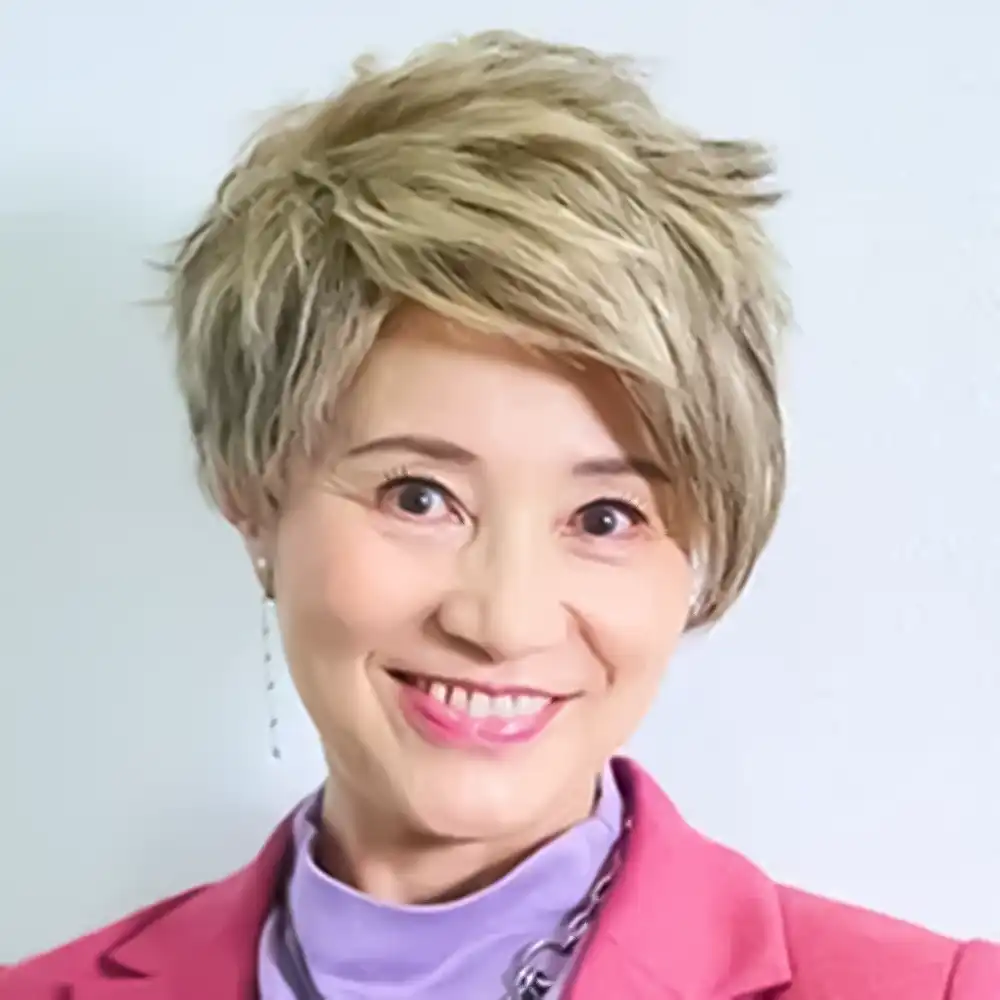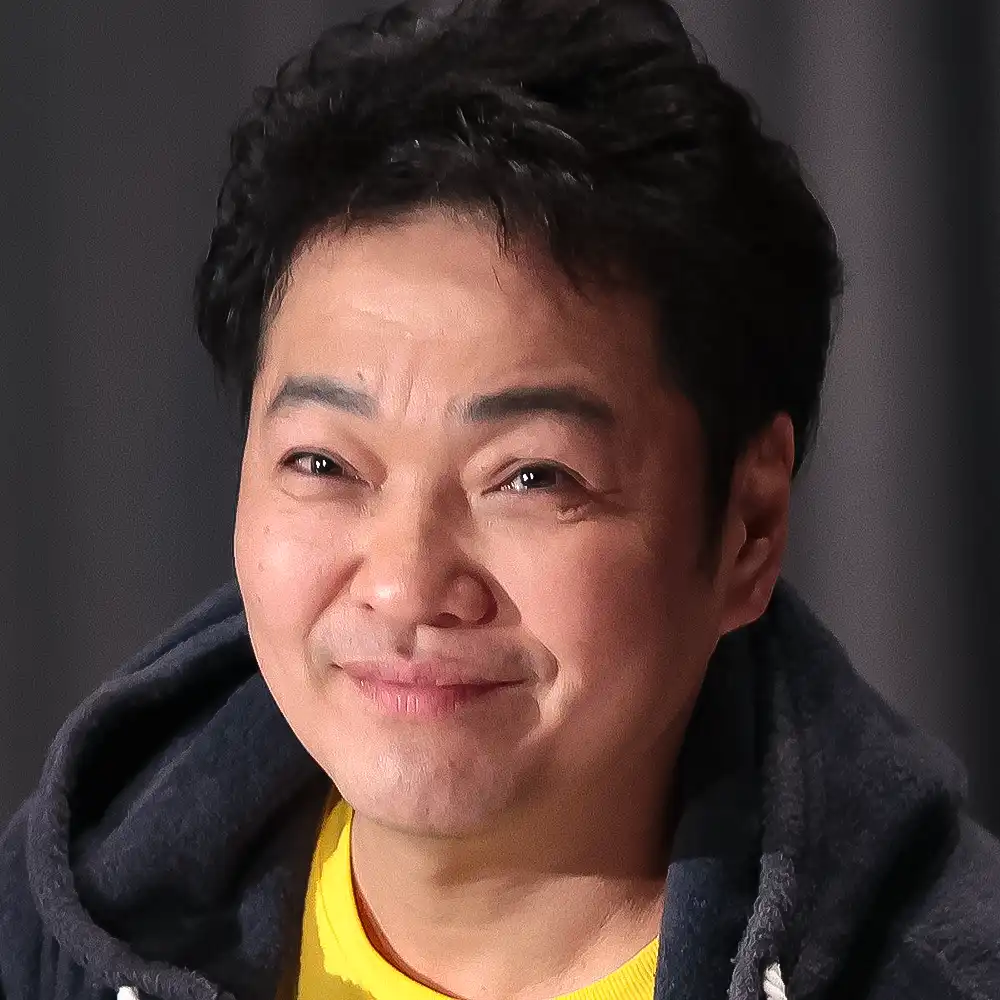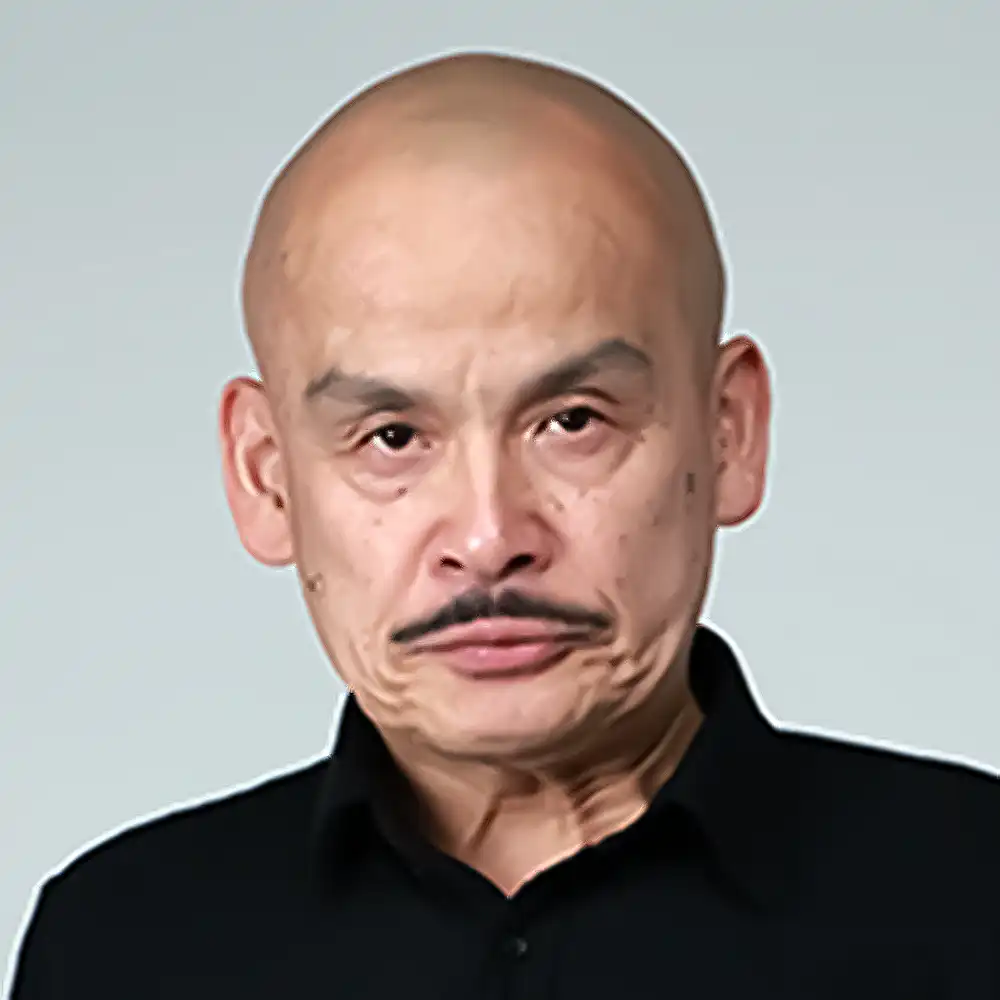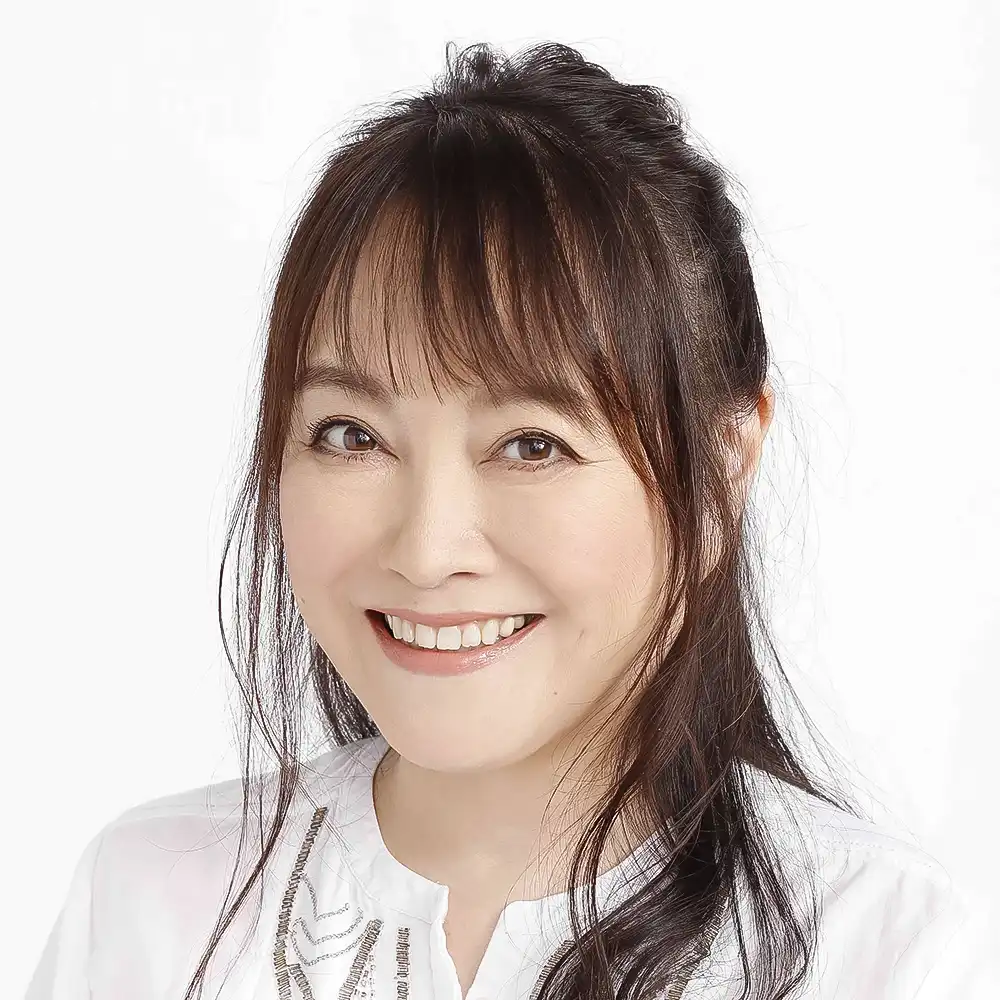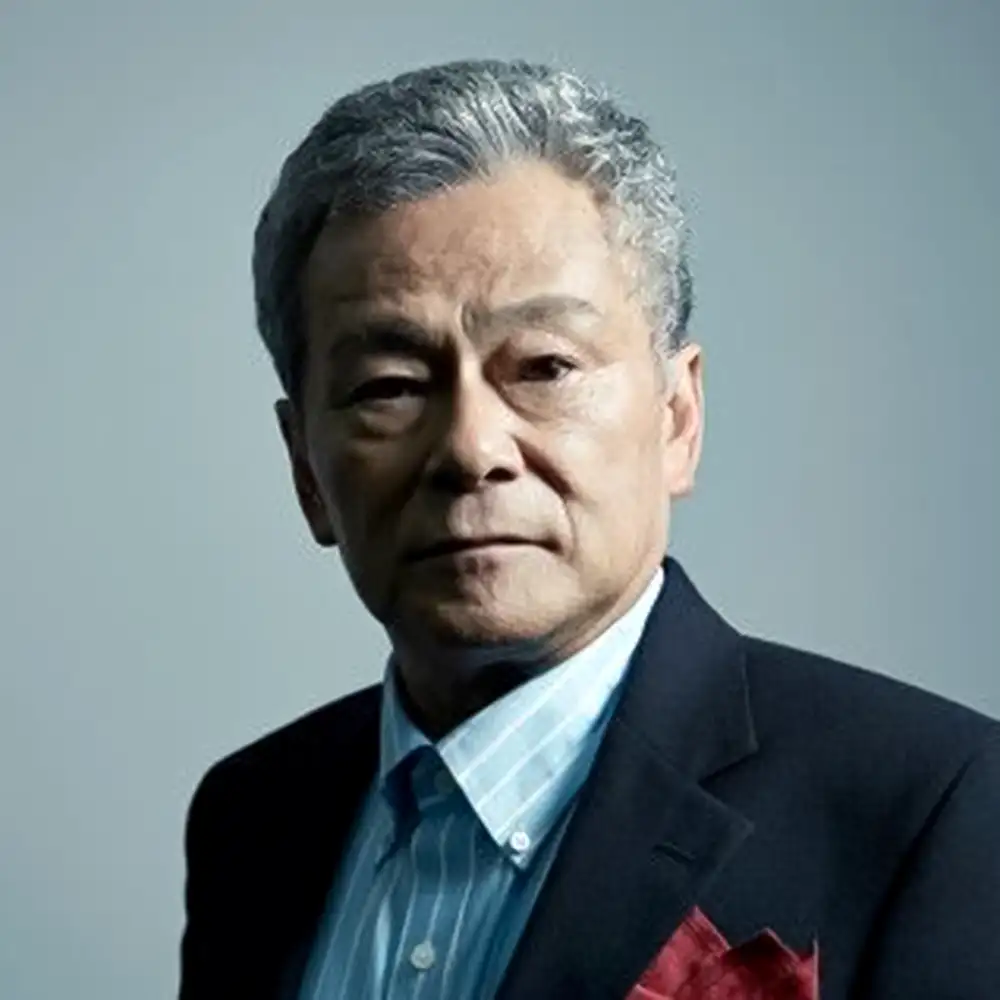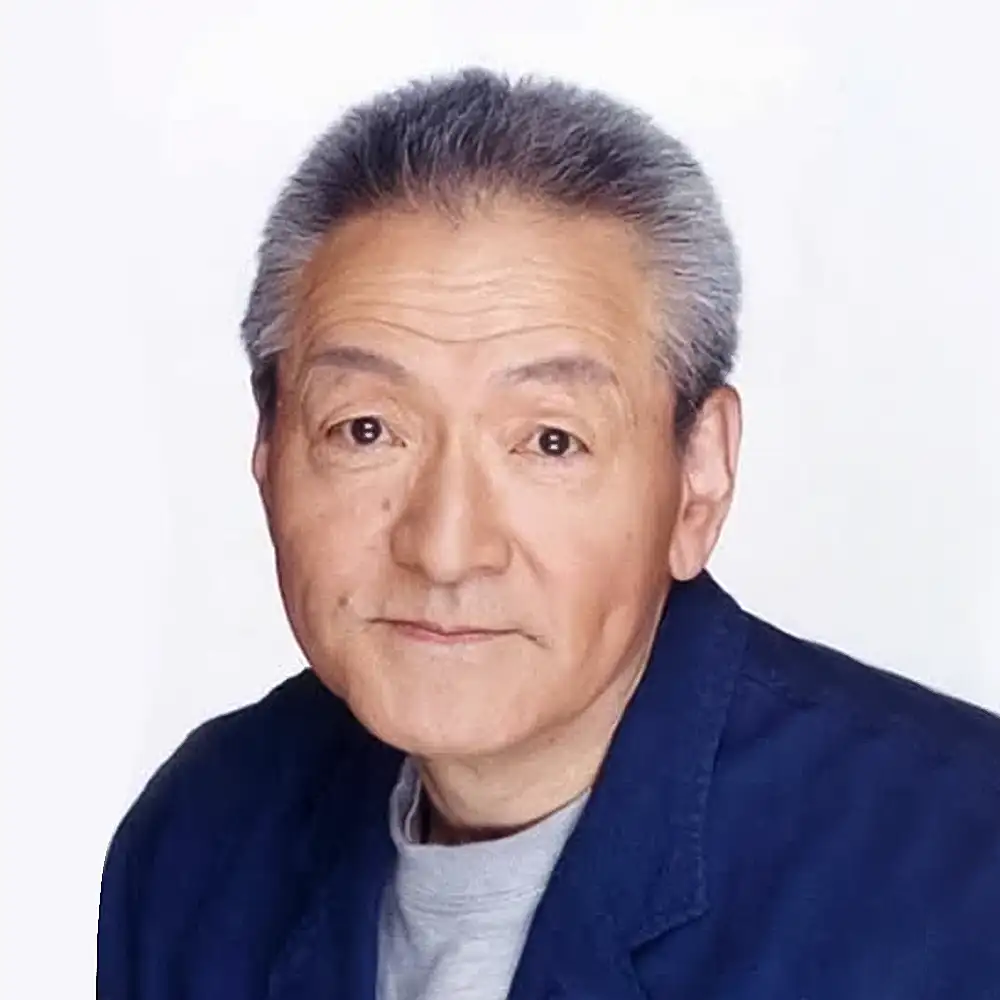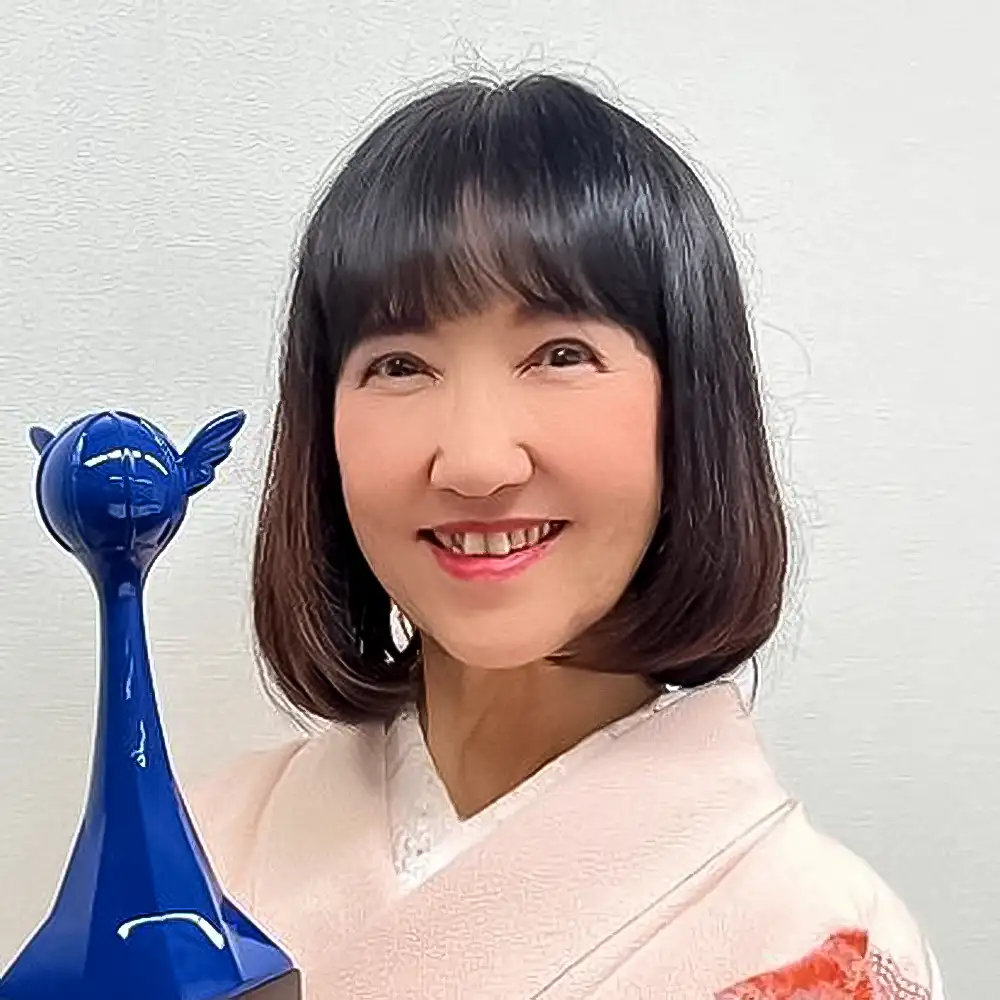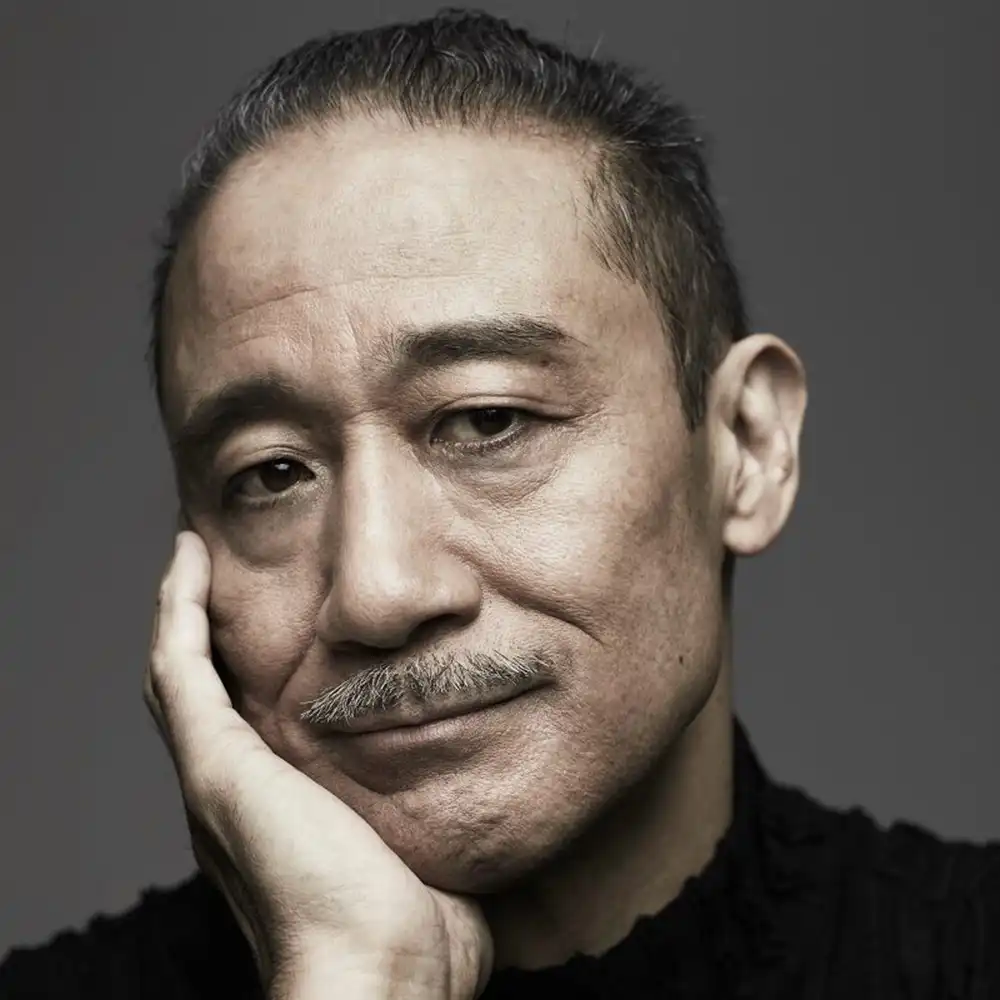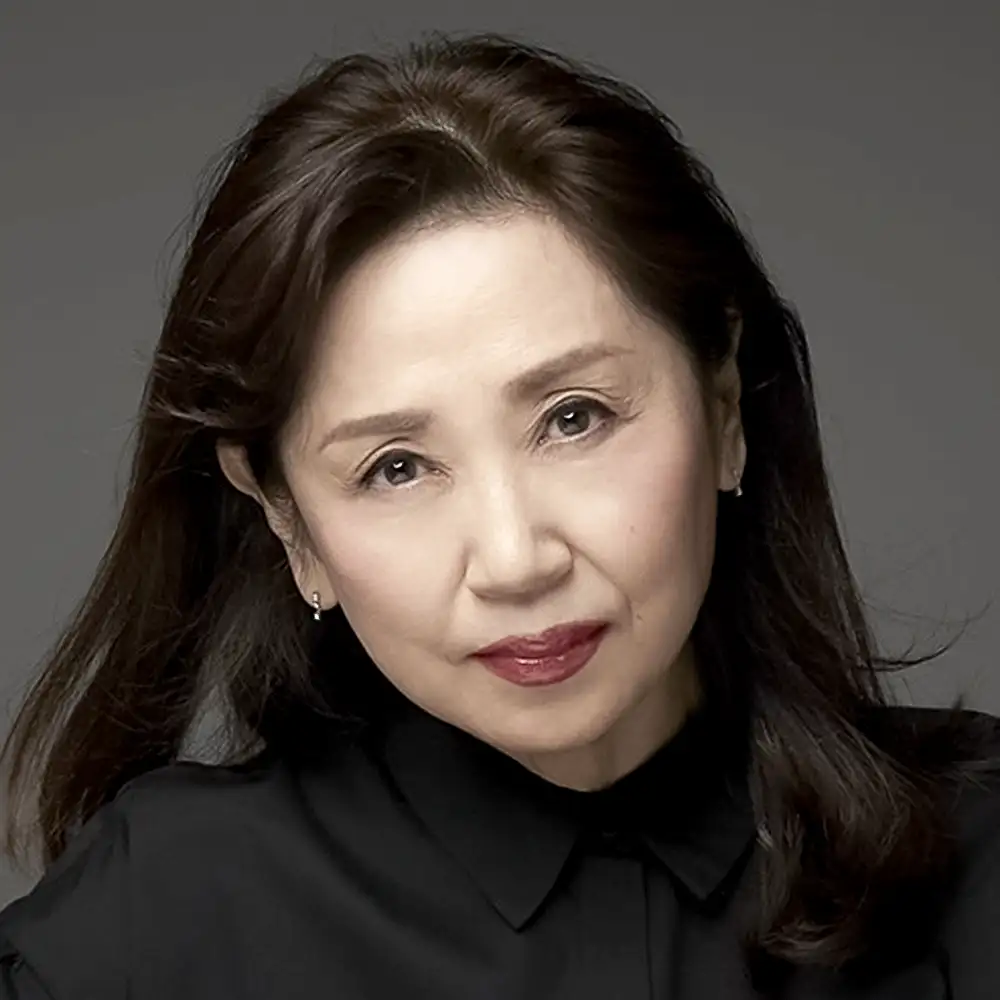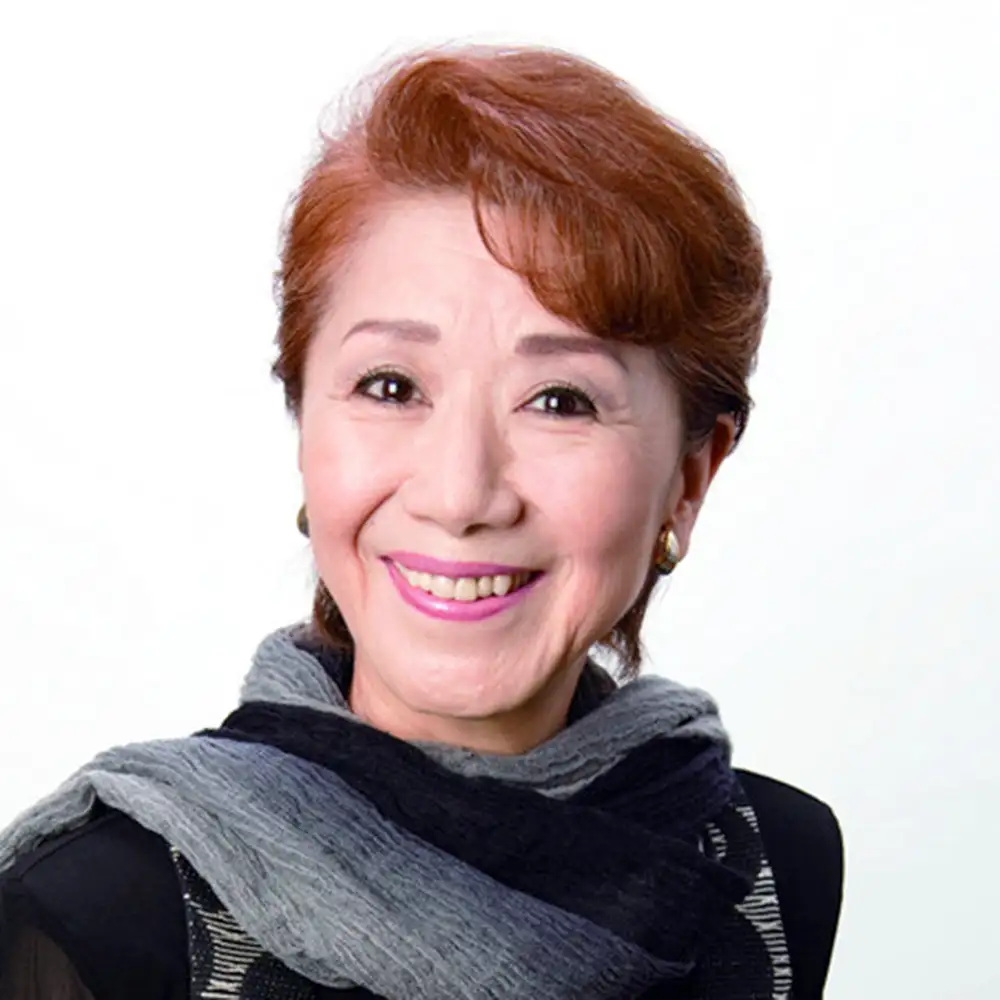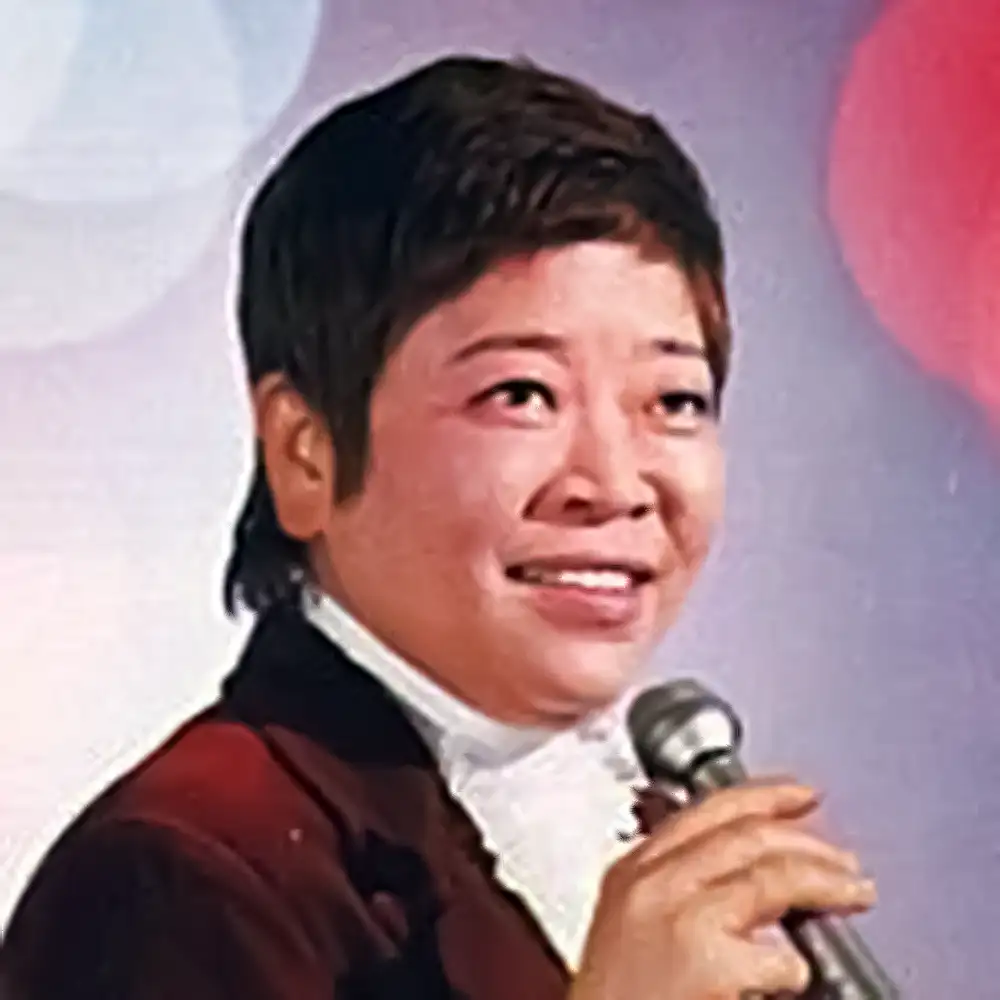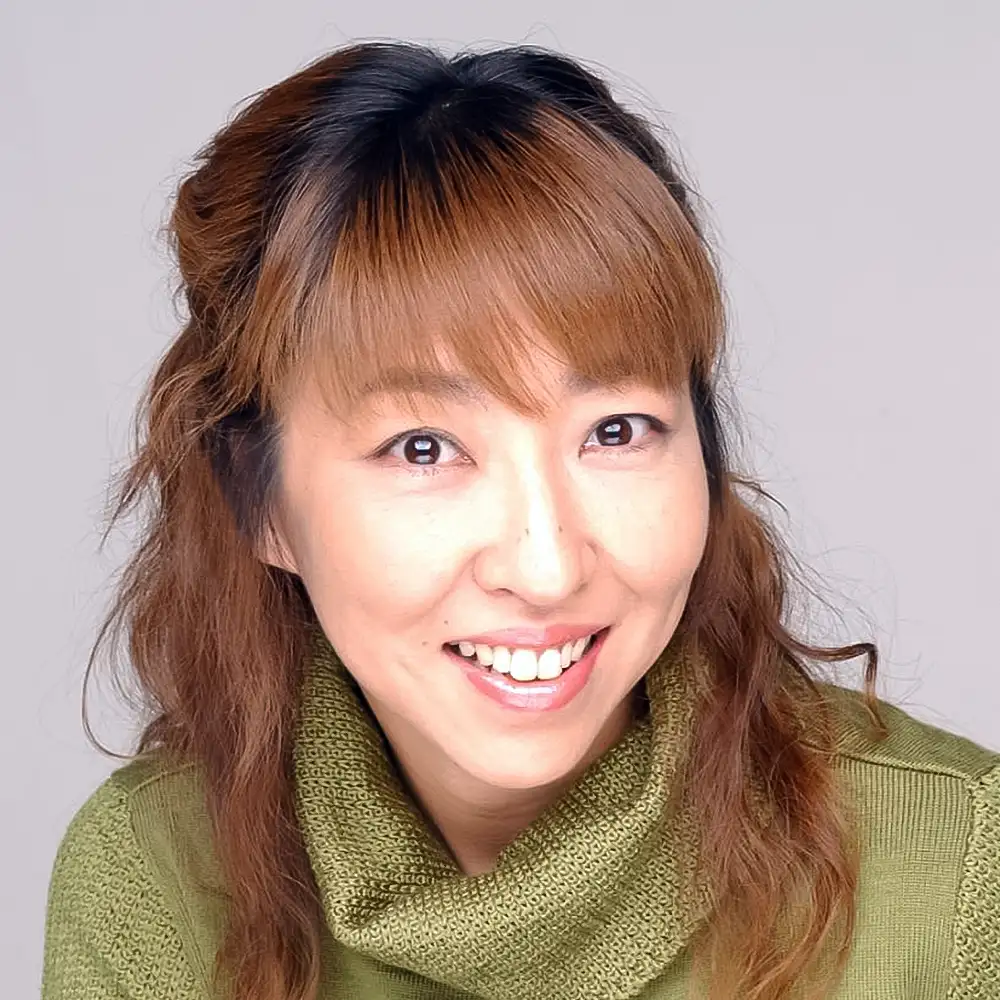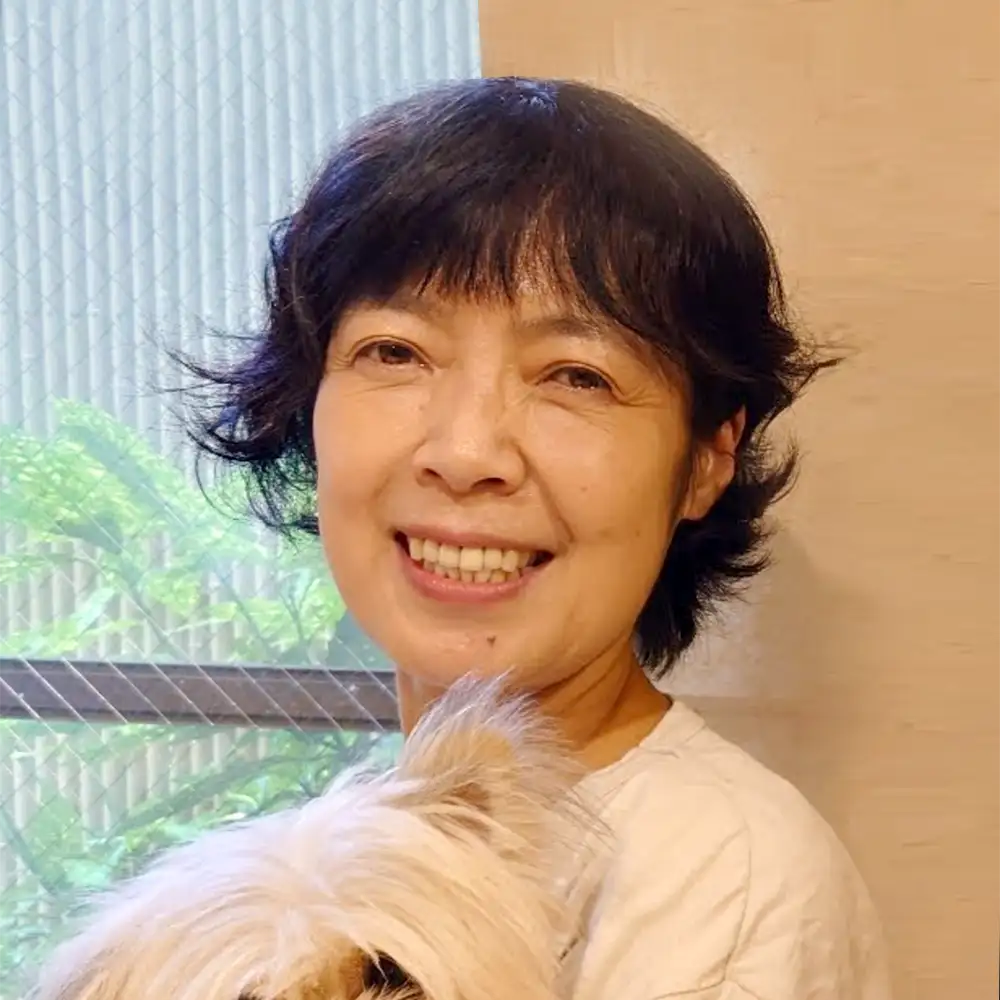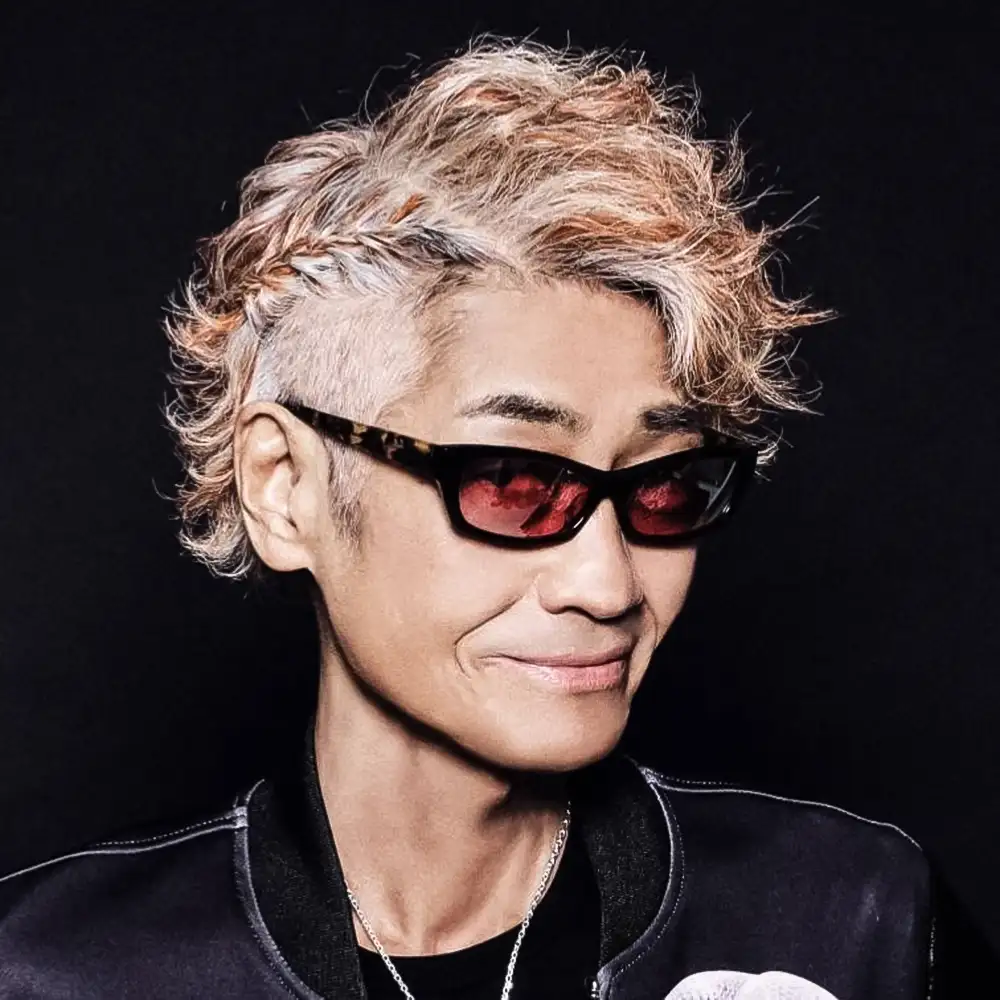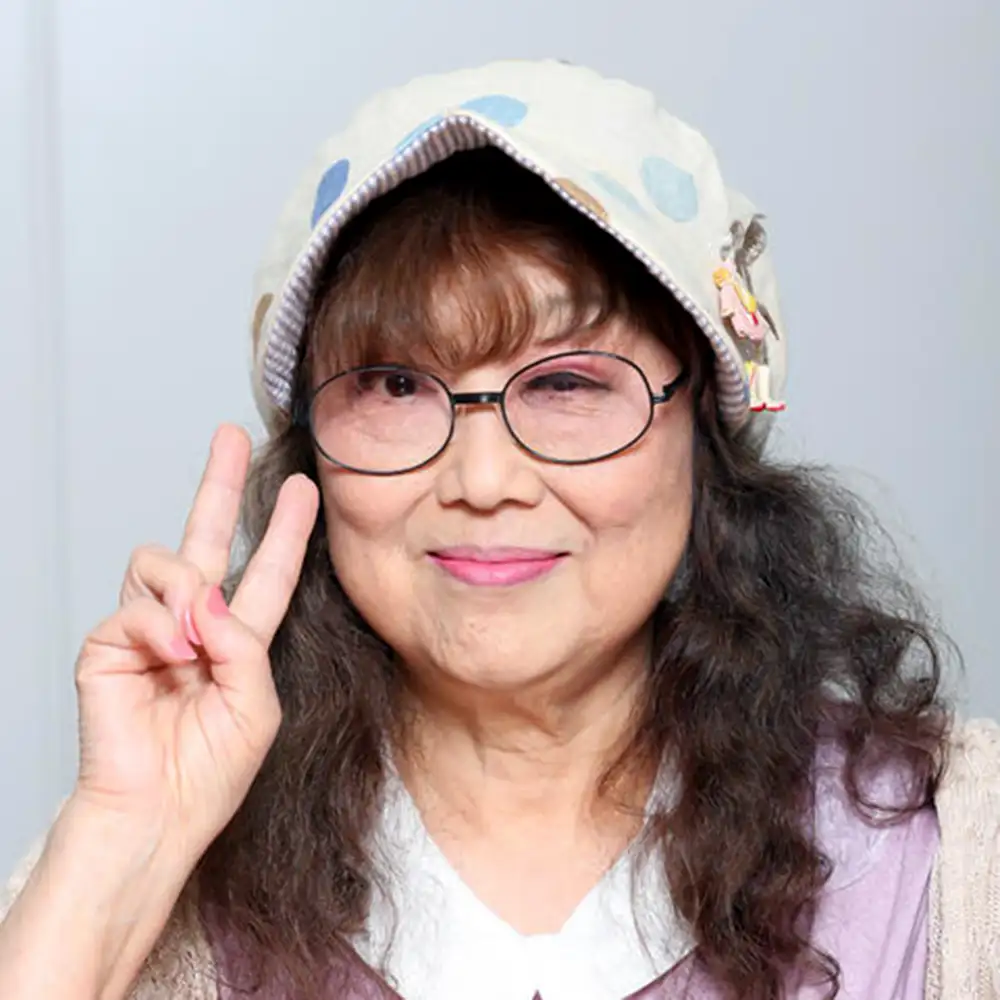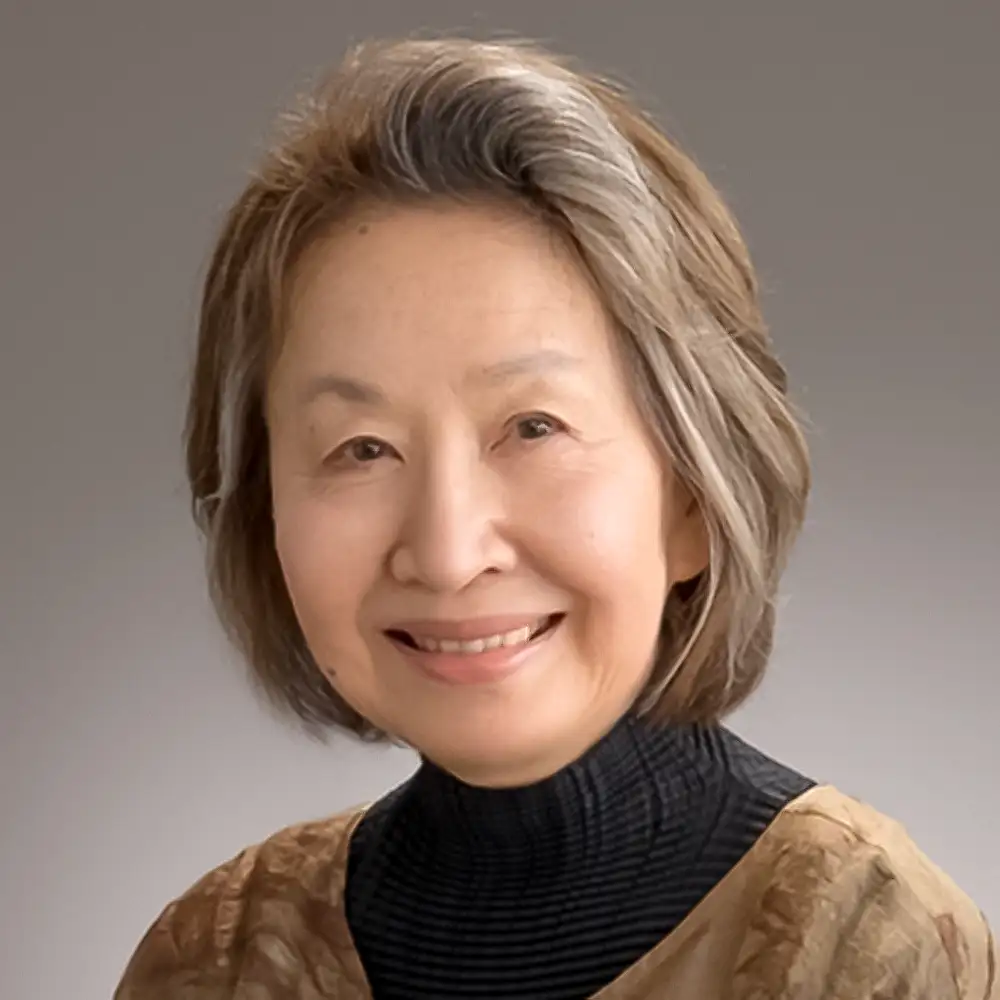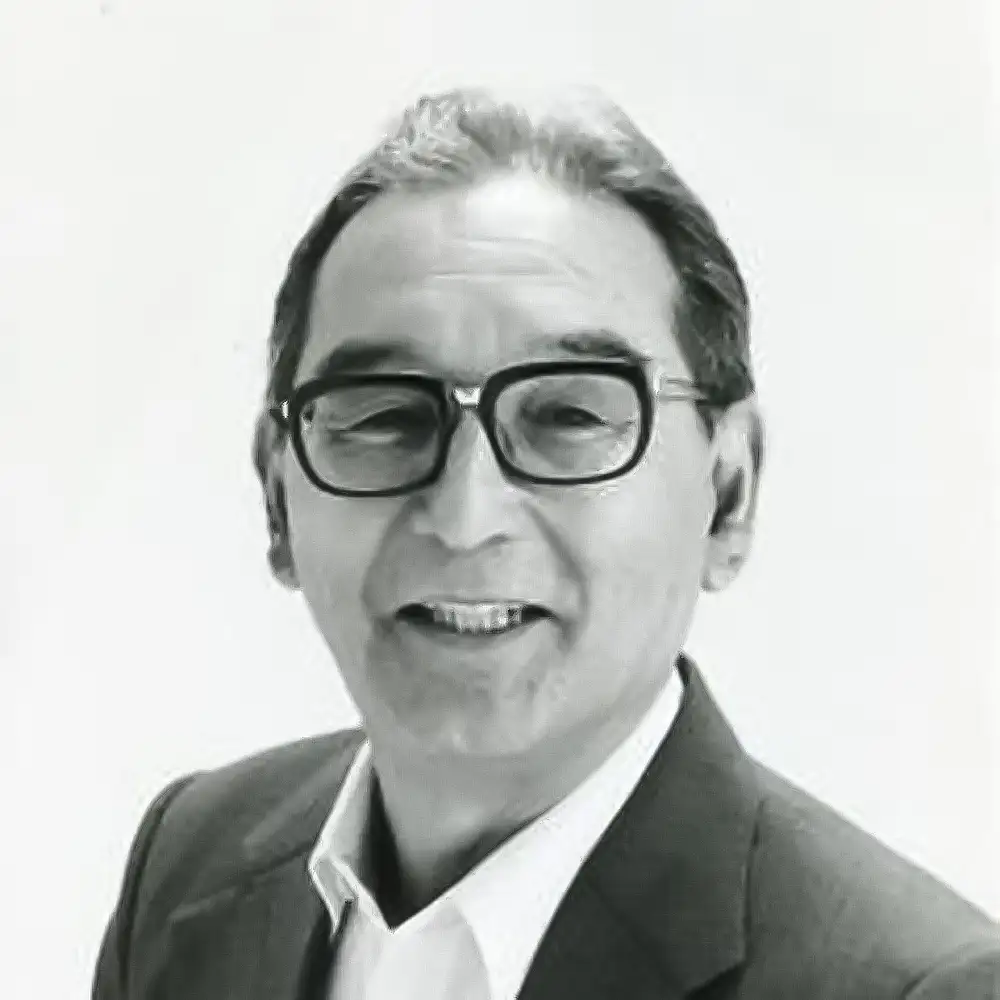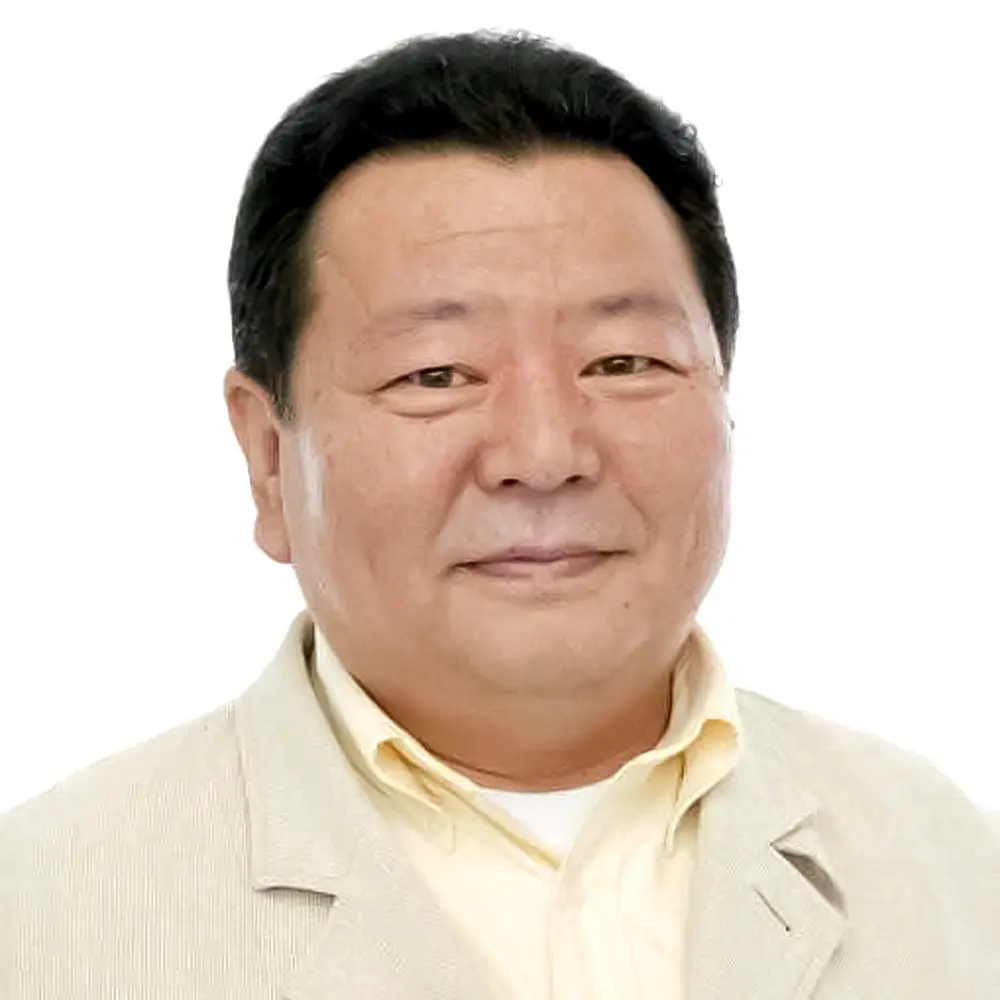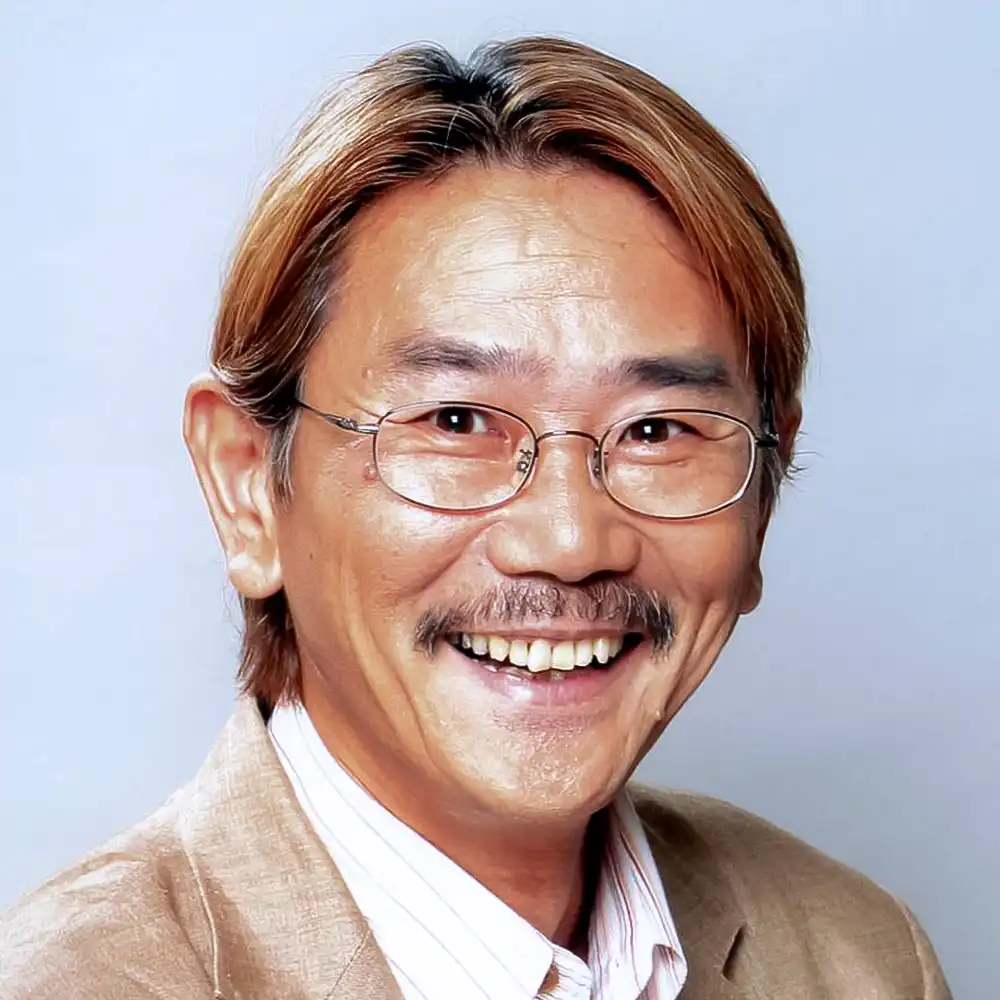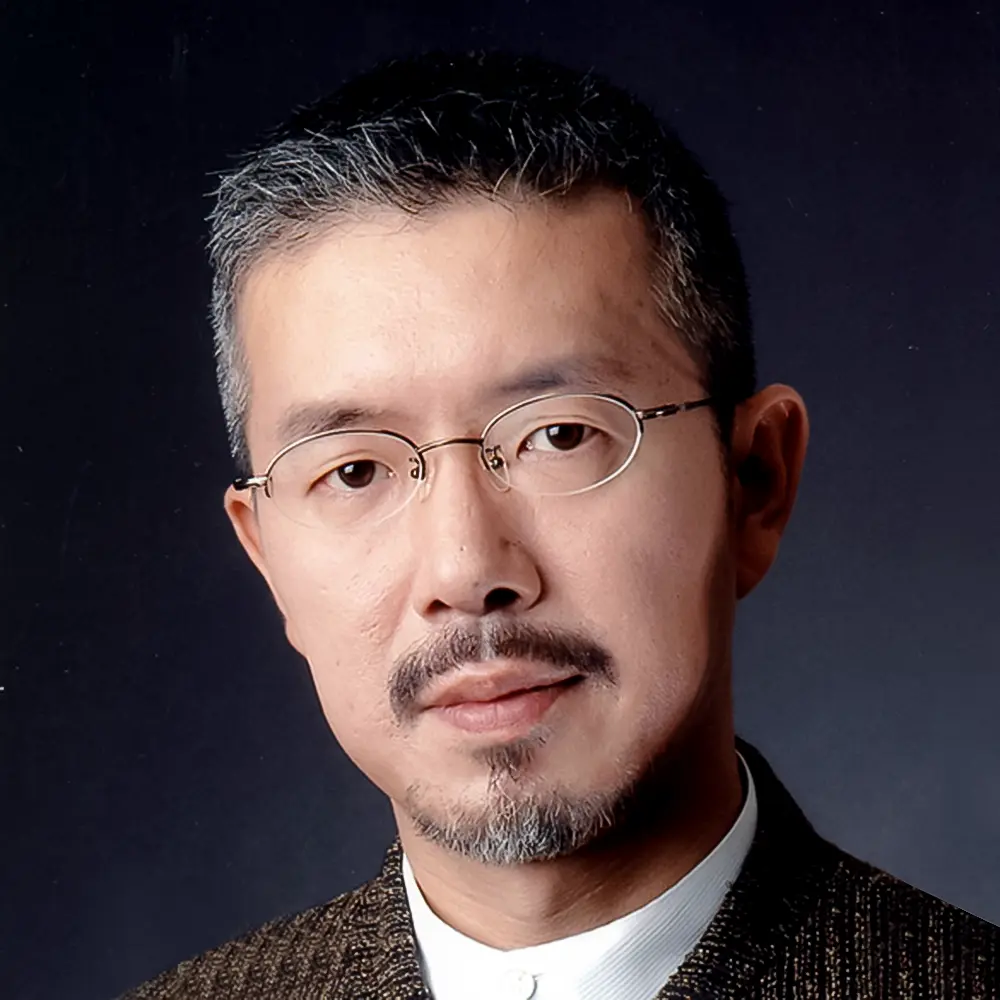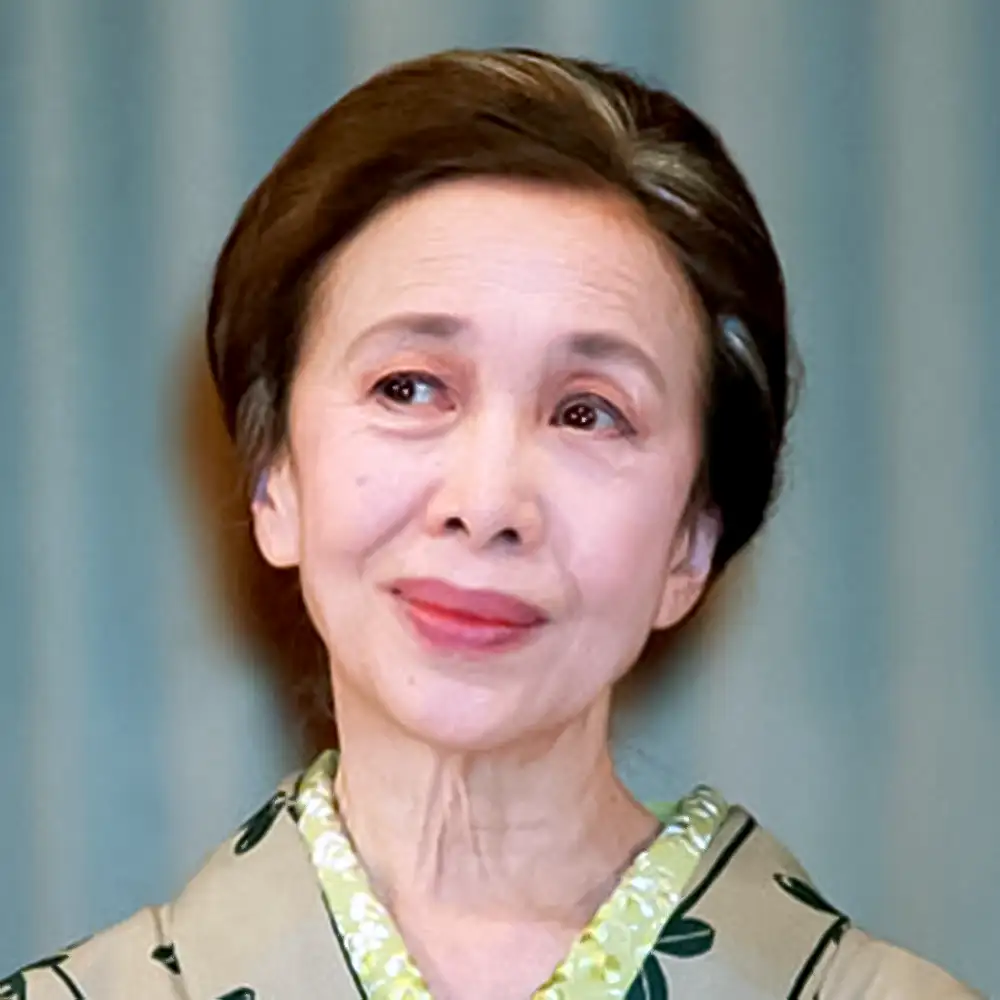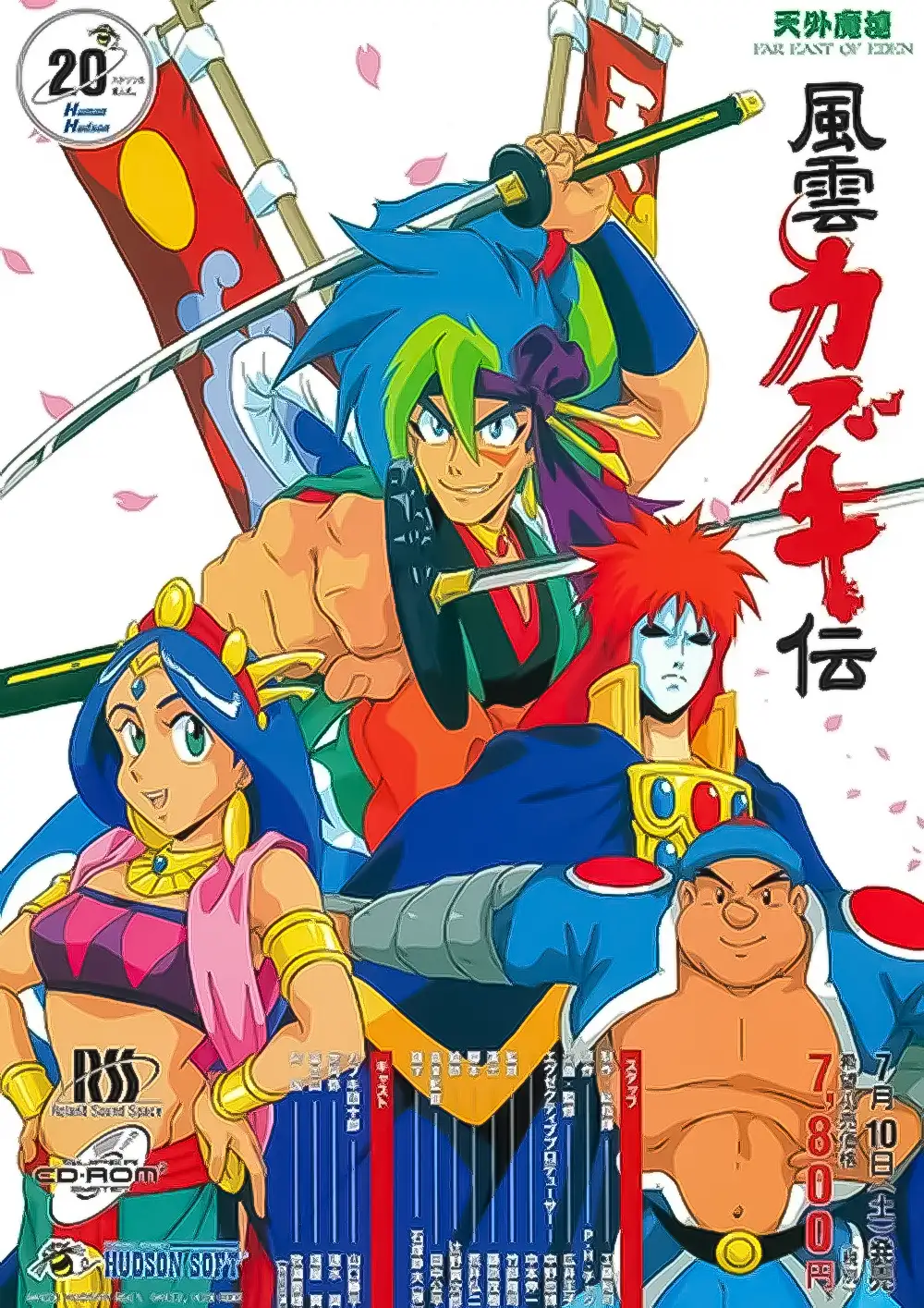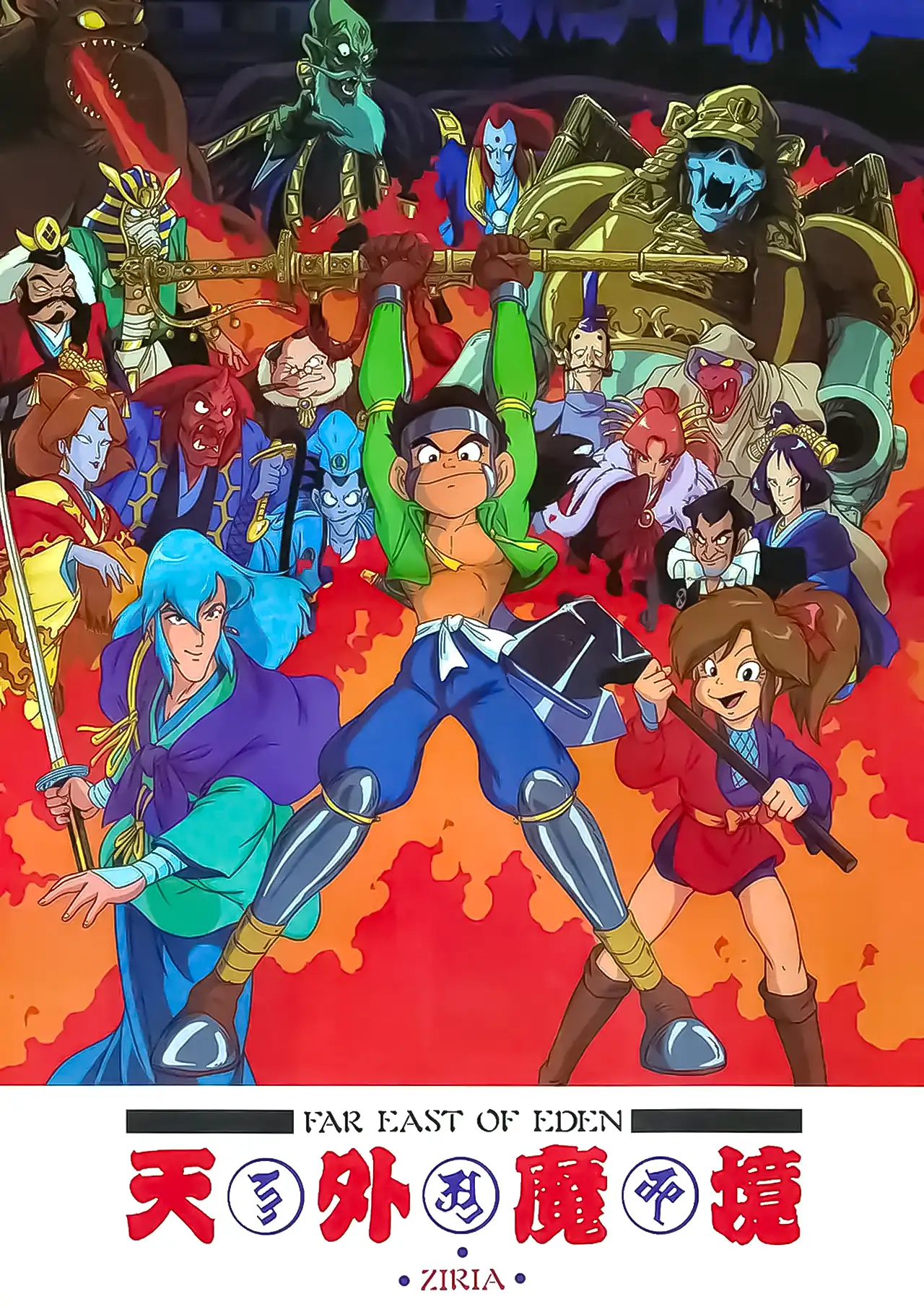
TENGAI MAKYŌ II: MANJI MARU
天外魔境 II 卍MARU (てんがいまきょうつーまんじまる)- Summary
- Characters
- Video
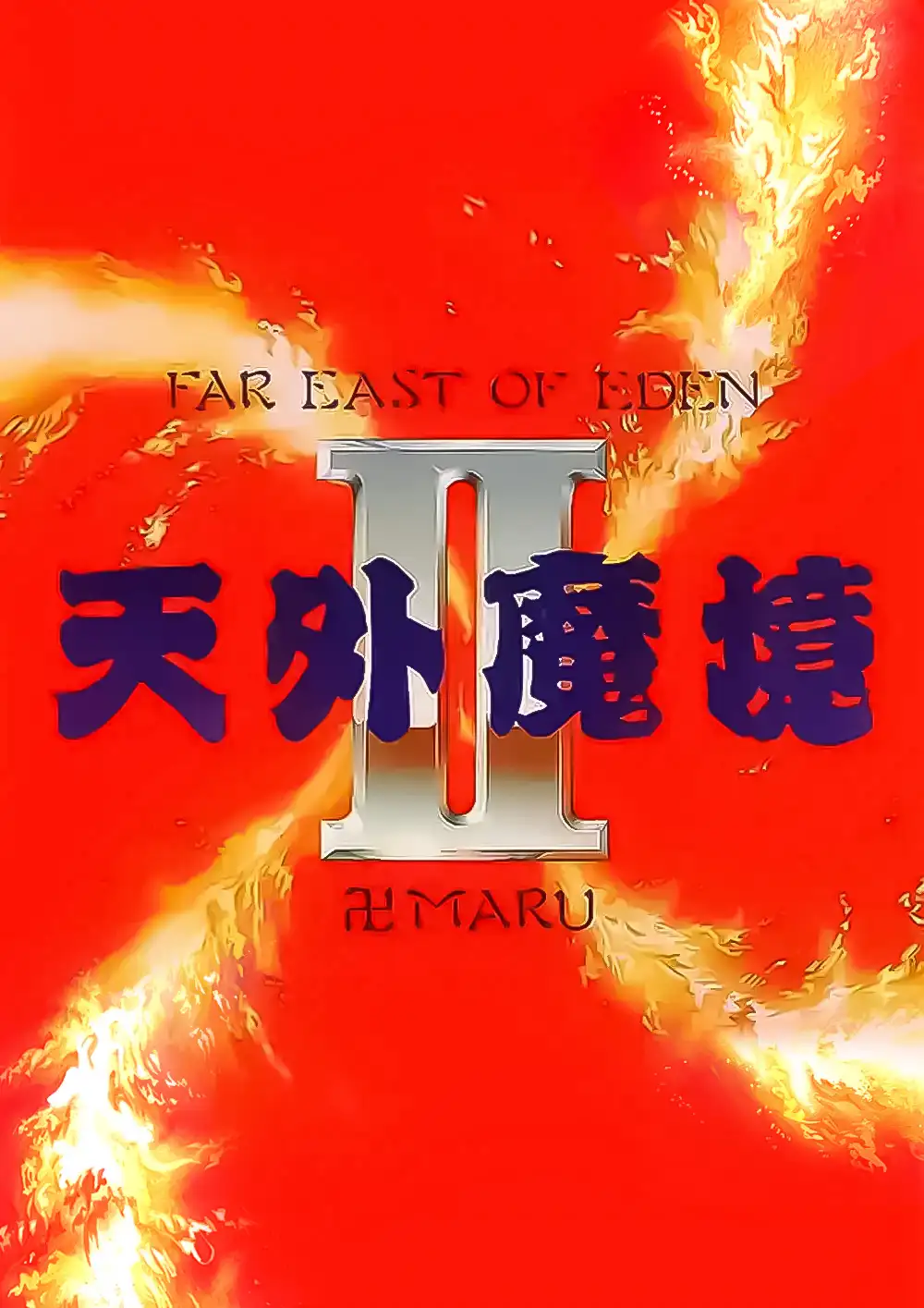
- Release
- 1992-03-26
- Genre
- Battle Adventure Drama Fantasy Discrim RPG
- Development
- Publisher
- Plan
- Platform
-
- SUPER CD-ROM²
- TurboDuo
- PC Engine Duo-R
- PC Engine Duo-RX
- GAMECUBE
- PlayStation2
- Nintendo DS
- PlayStation Portable
- PlayStation3
- PC Engine mini
- Rating
- CERO B(12+)
- Plyrs.
- 1
- Producer
- Dir.
- Des.
- Char. Des.
- Programmer
- Scr.
- Scn.
- Music
- Art.
"TENGAI MAKYŌ II: MANJI MARU" is the sequel to "TENGAI MAKYŌ: ZIRIA" (1989) and the second entry in the TENGAI MAKYŌ series, set in the fictional land of Jipang. The player controls the protagonist Sengoku Manjimaru, a descendant of the Fire Clan, with the objective of defeating the Root Clan by cutting down the giant plant known as Dark Orchid. The game utilizes the CD-ROM format and features music composed by Joe Hisaishi, famous for his work in Studio Ghibli films, along with a star-studded voice cast. The familiar animated movie sequences and voiced game scenes from the first "TENGAI MAKYŌ: ZIRIA" remain intact. With its grand music and renowned voice actors, the game was hailed as the best in the series.
Even after 30 years, it is still celebrated as one of the greatest Japanese-style RPGs and is regarded as a timeless classic. Upon its release, the game's high level of craftsmanship, its compelling story, and its vibrant characters were highly praised. It was often mentioned alongside, if not above, Japan's most popular RPGs such as "Dragon Quest" and "Final Fantasy", being considered one of the top three RPGs of its time.
Even after 30 years, it is still celebrated as one of the greatest Japanese-style RPGs and is regarded as a timeless classic. Upon its release, the game's high level of craftsmanship, its compelling story, and its vibrant characters were highly praised. It was often mentioned alongside, if not above, Japan's most popular RPGs such as "Dragon Quest" and "Final Fantasy", being considered one of the top three RPGs of its time.
Images
-
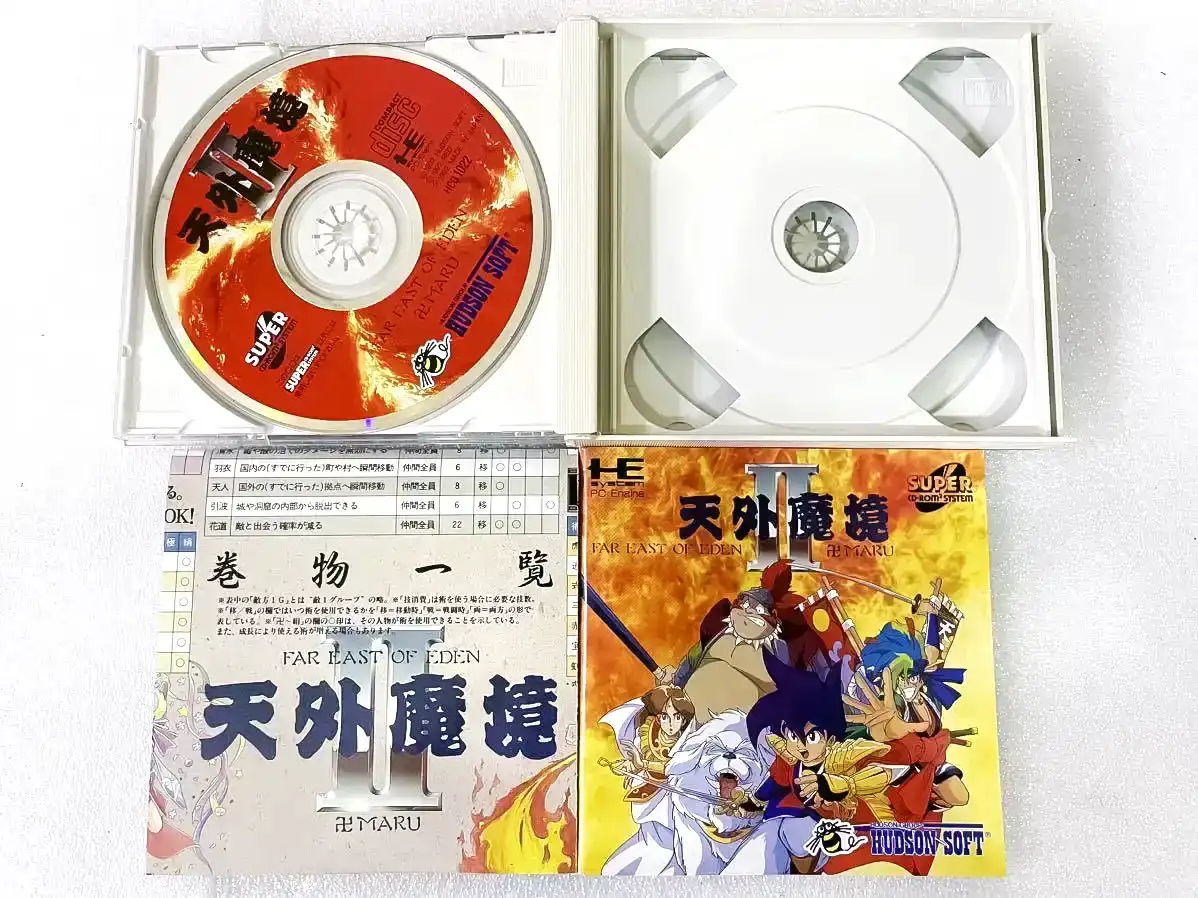
TurboDuo - Product Package (Upon Opening) -
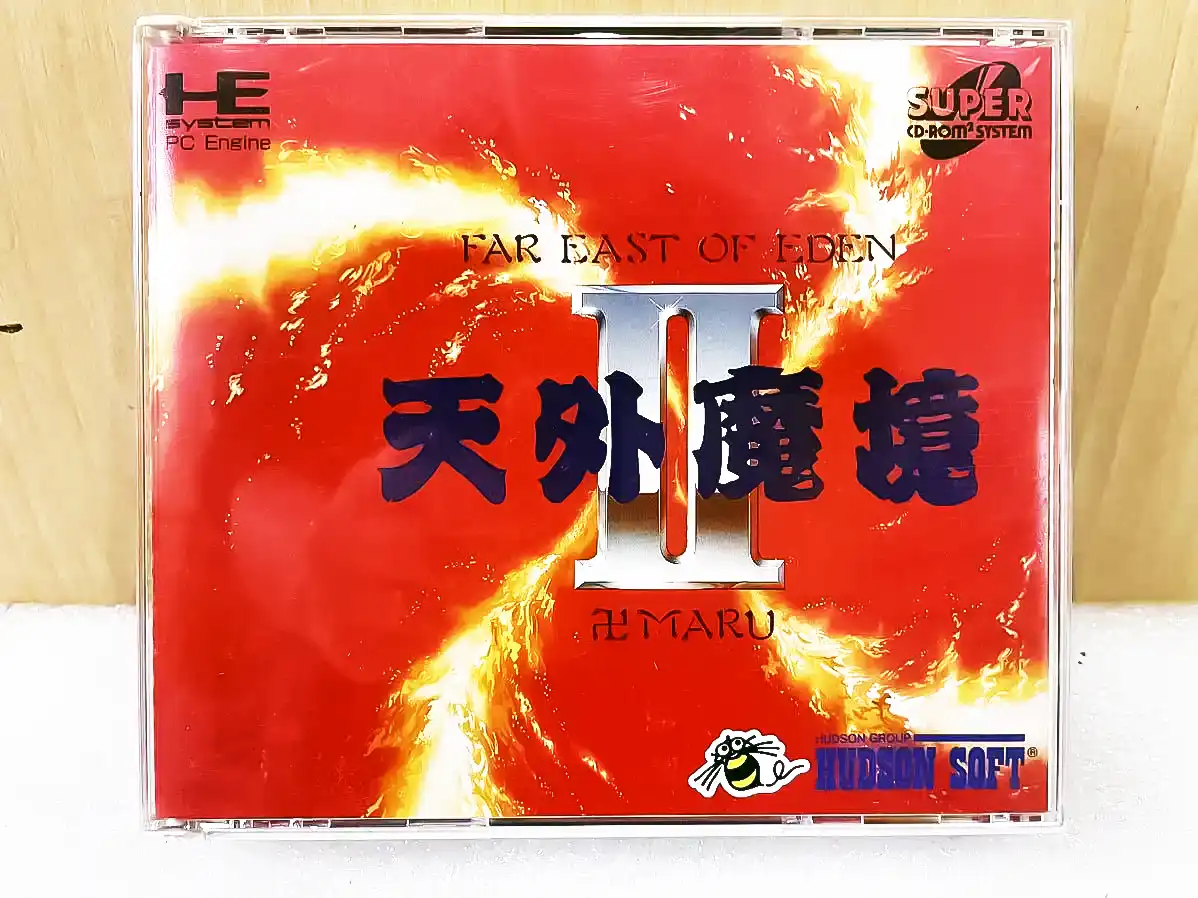
TurboDuo - Product Package (Front) -
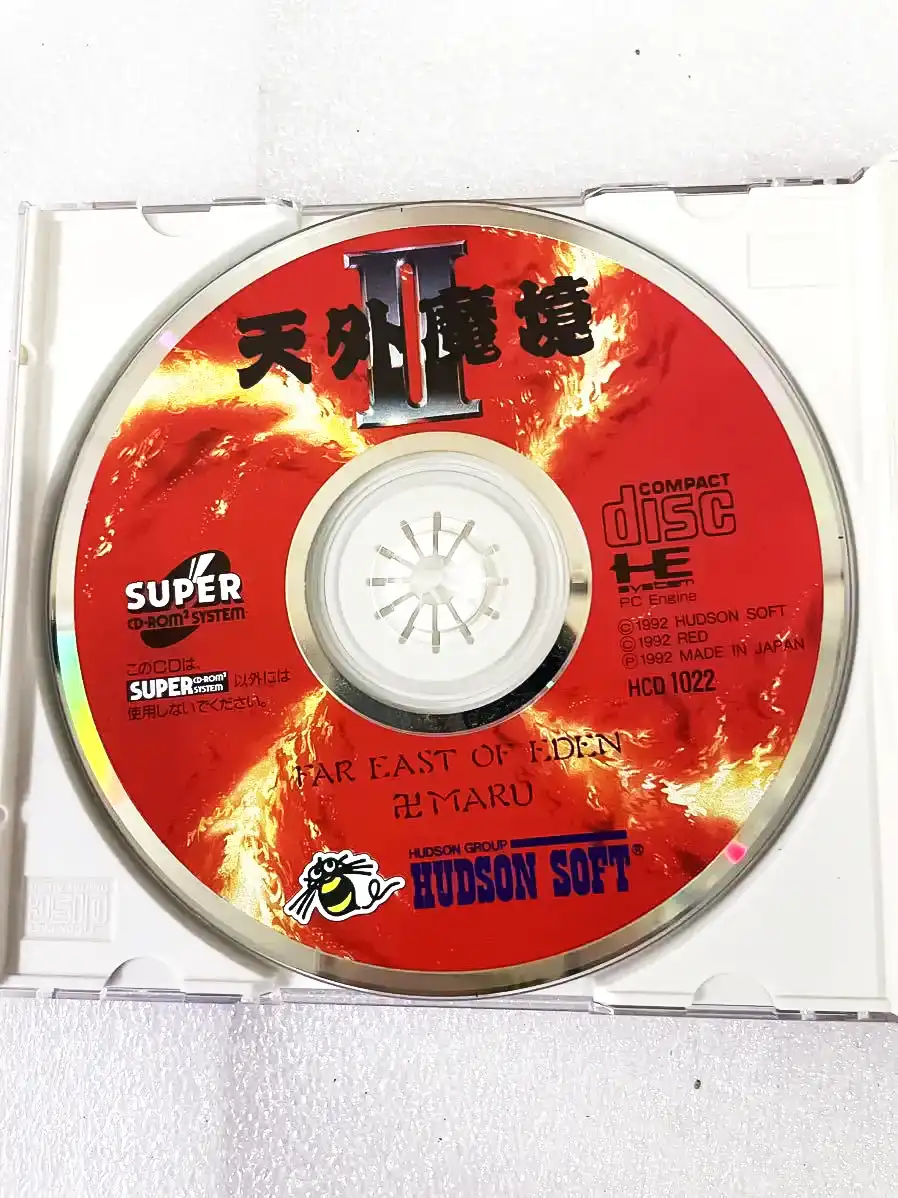
TurboDuo - Product Package (Disc) -
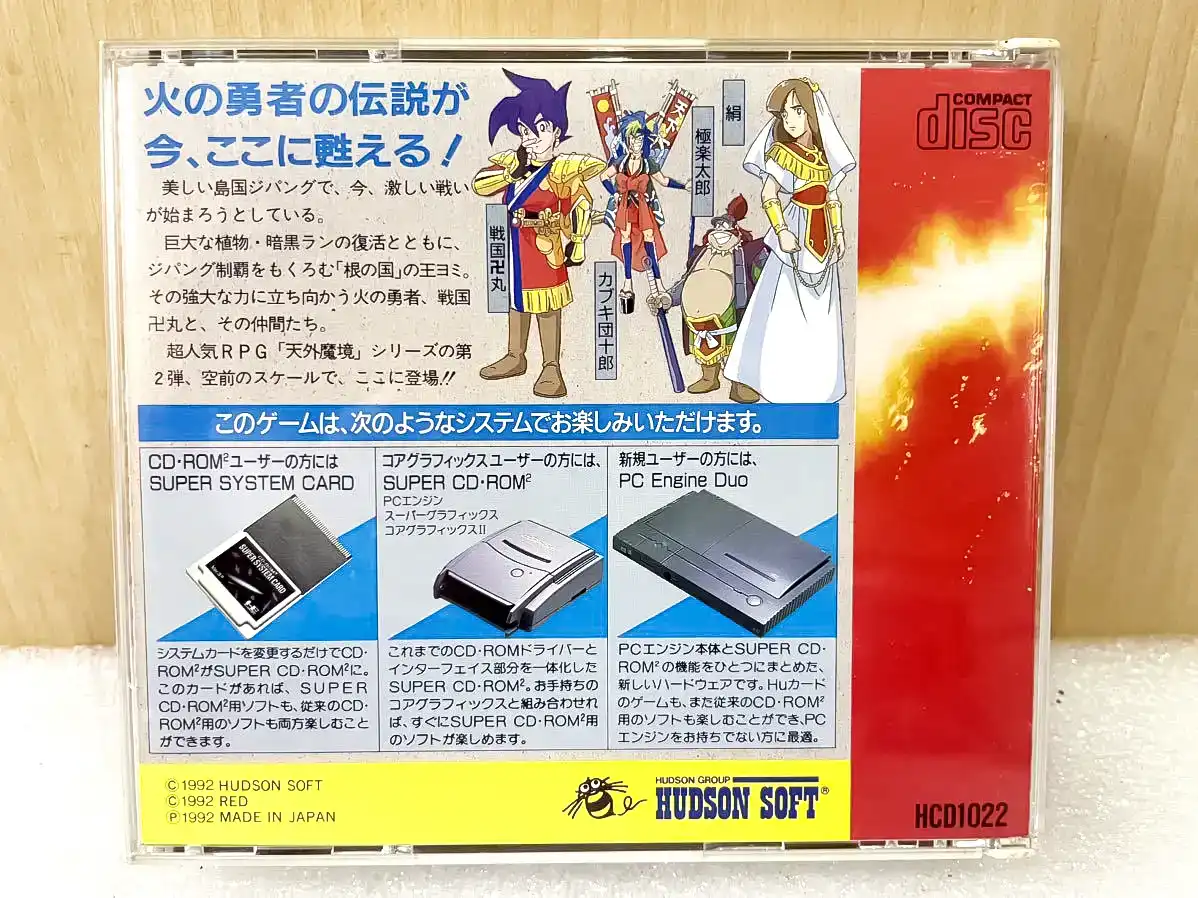
TurboDuo - Product Package (Back) -
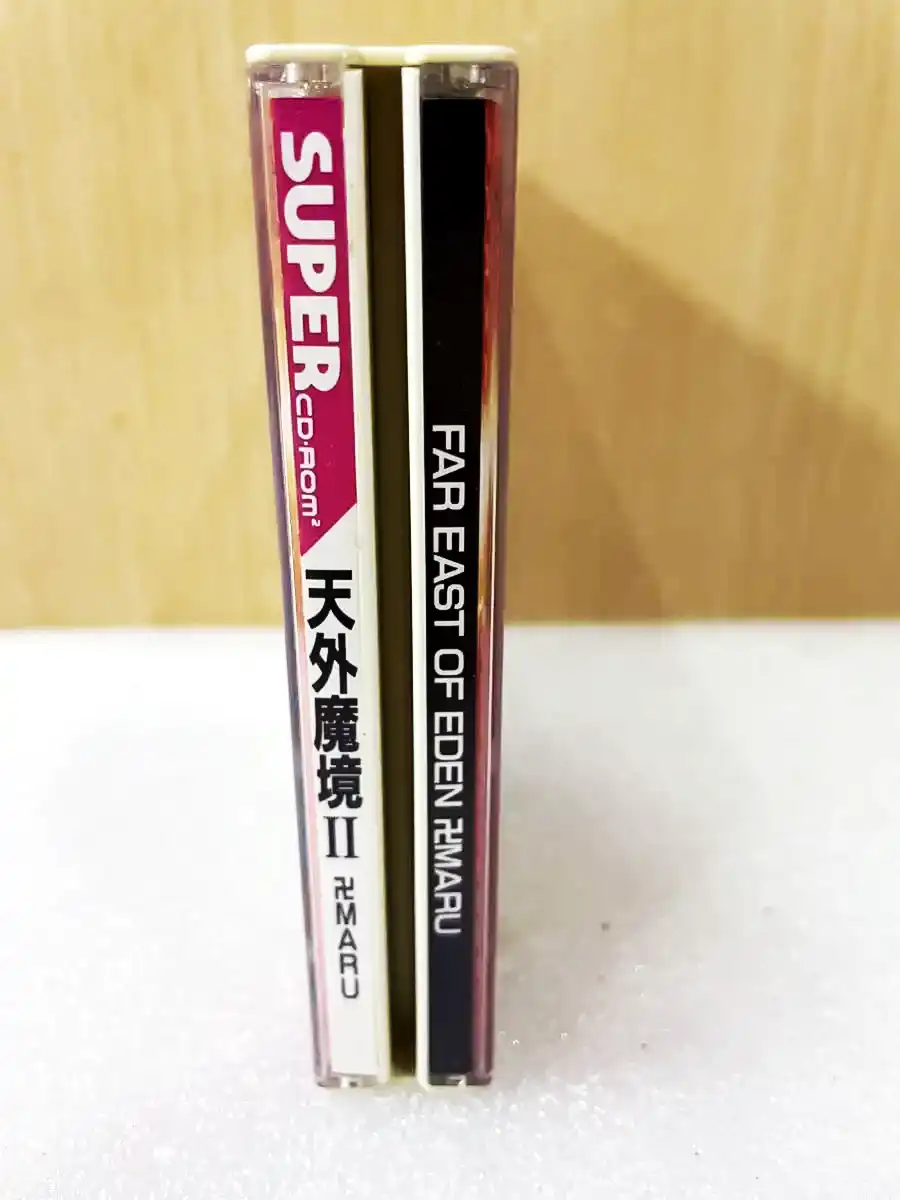
TurboDuo - Product Package (Side) -
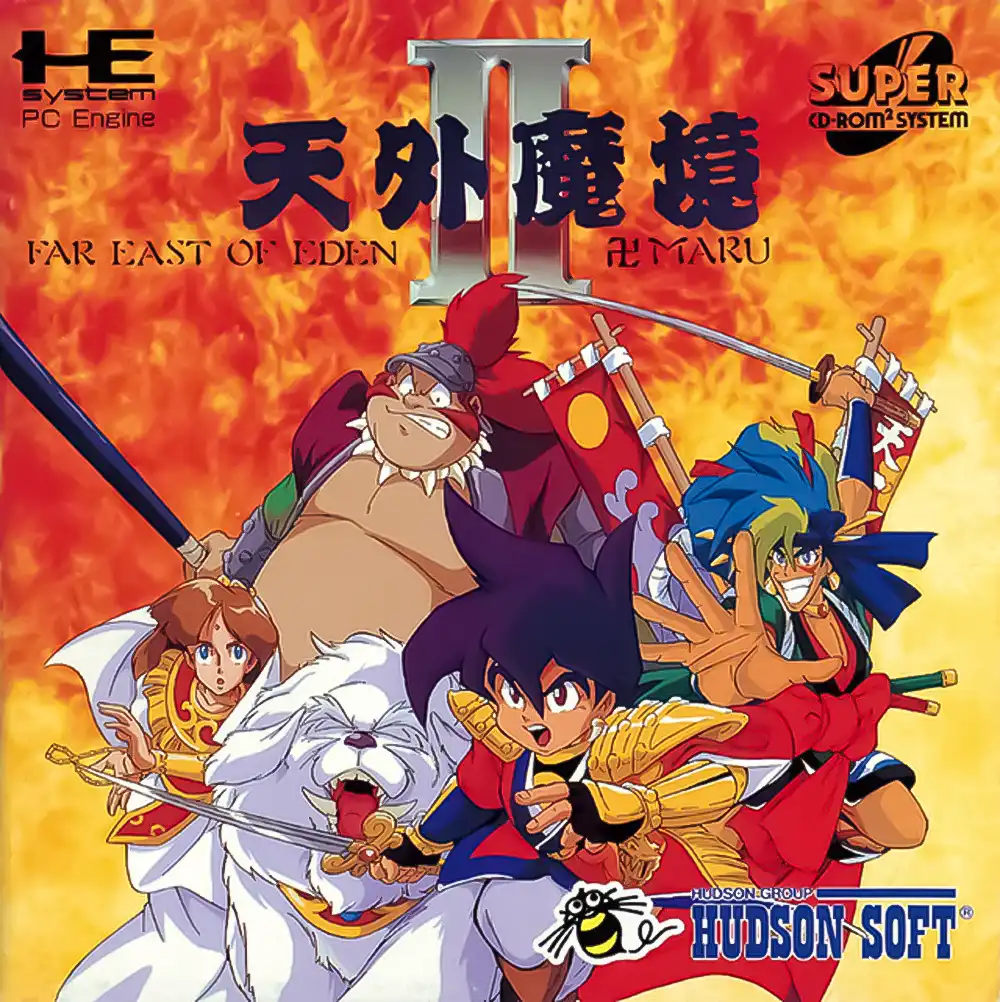
Cover visual of the instruction manual -
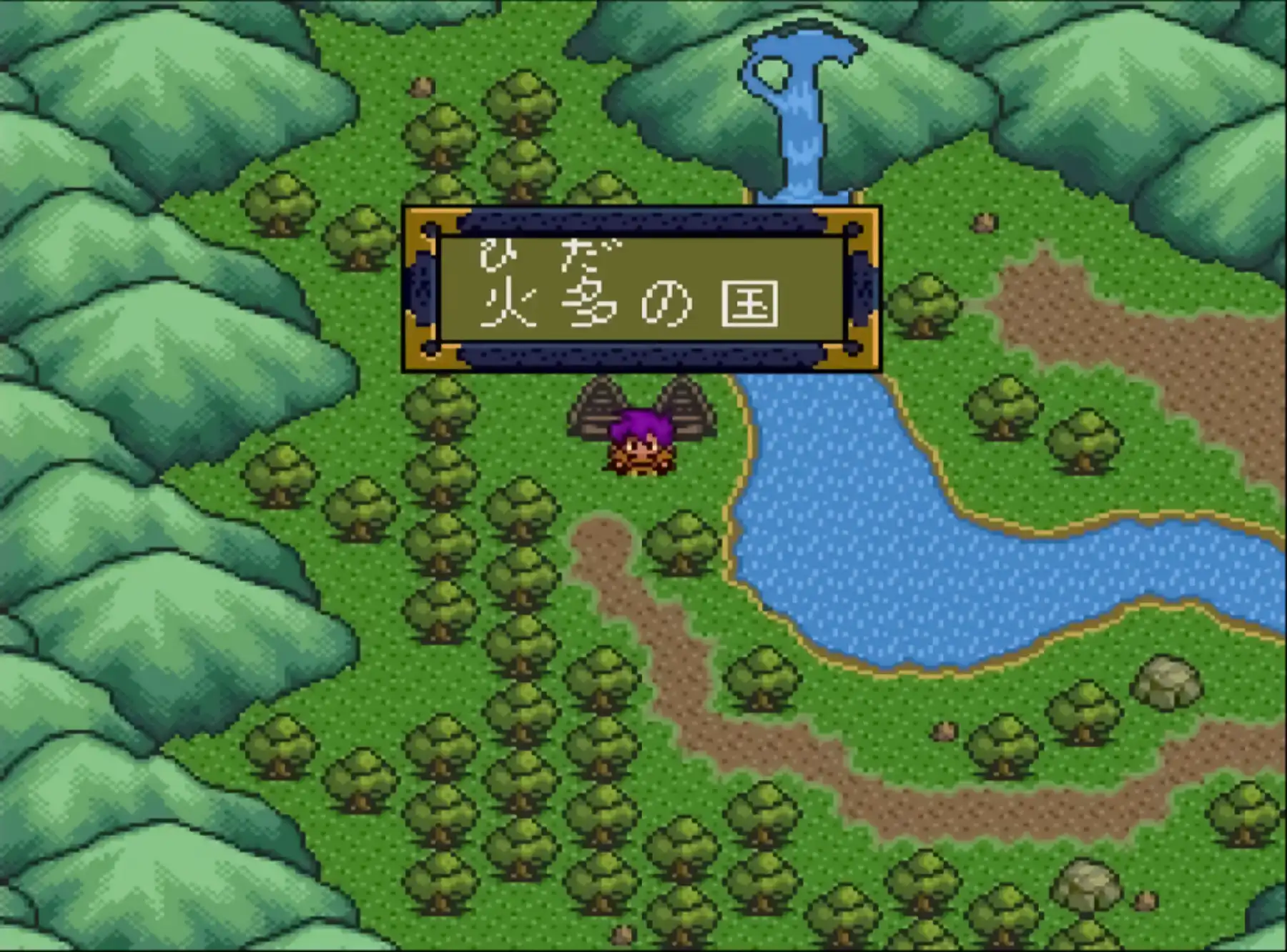
Visual of the game field -
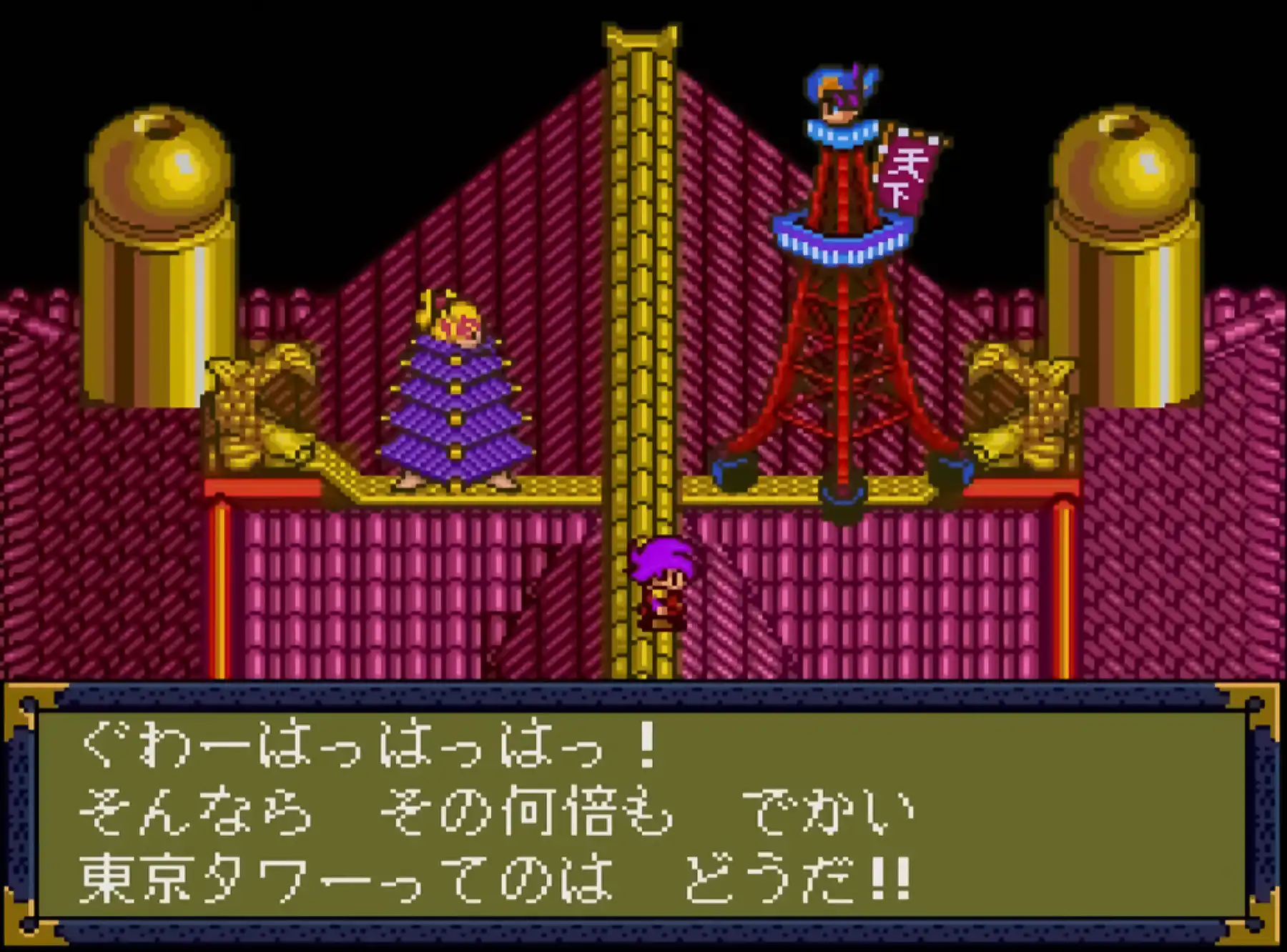
A scene from a "Transformation Battle" famous match -
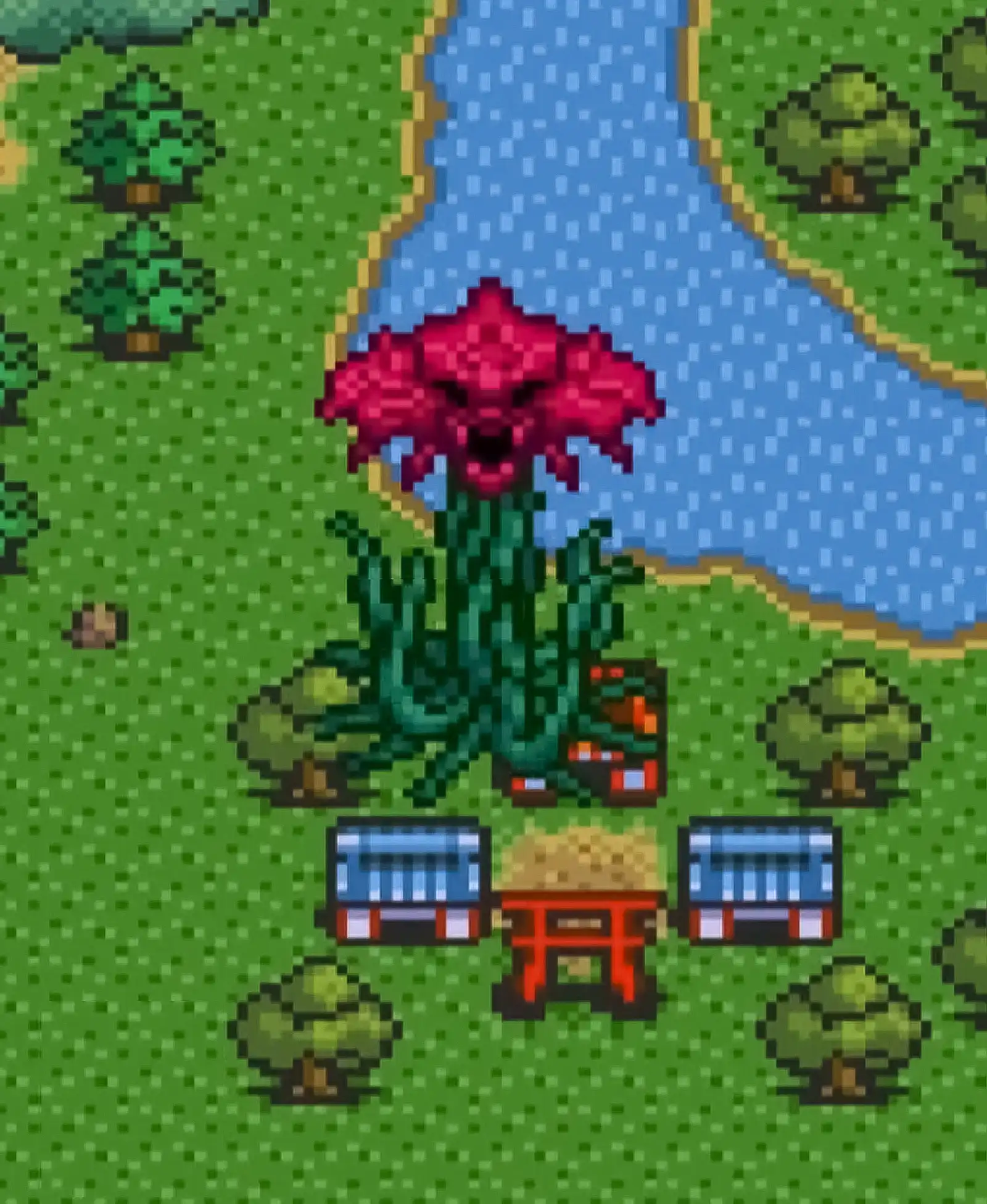
The Ankoku-ran that appeared in Takayama Village, Hida Province -
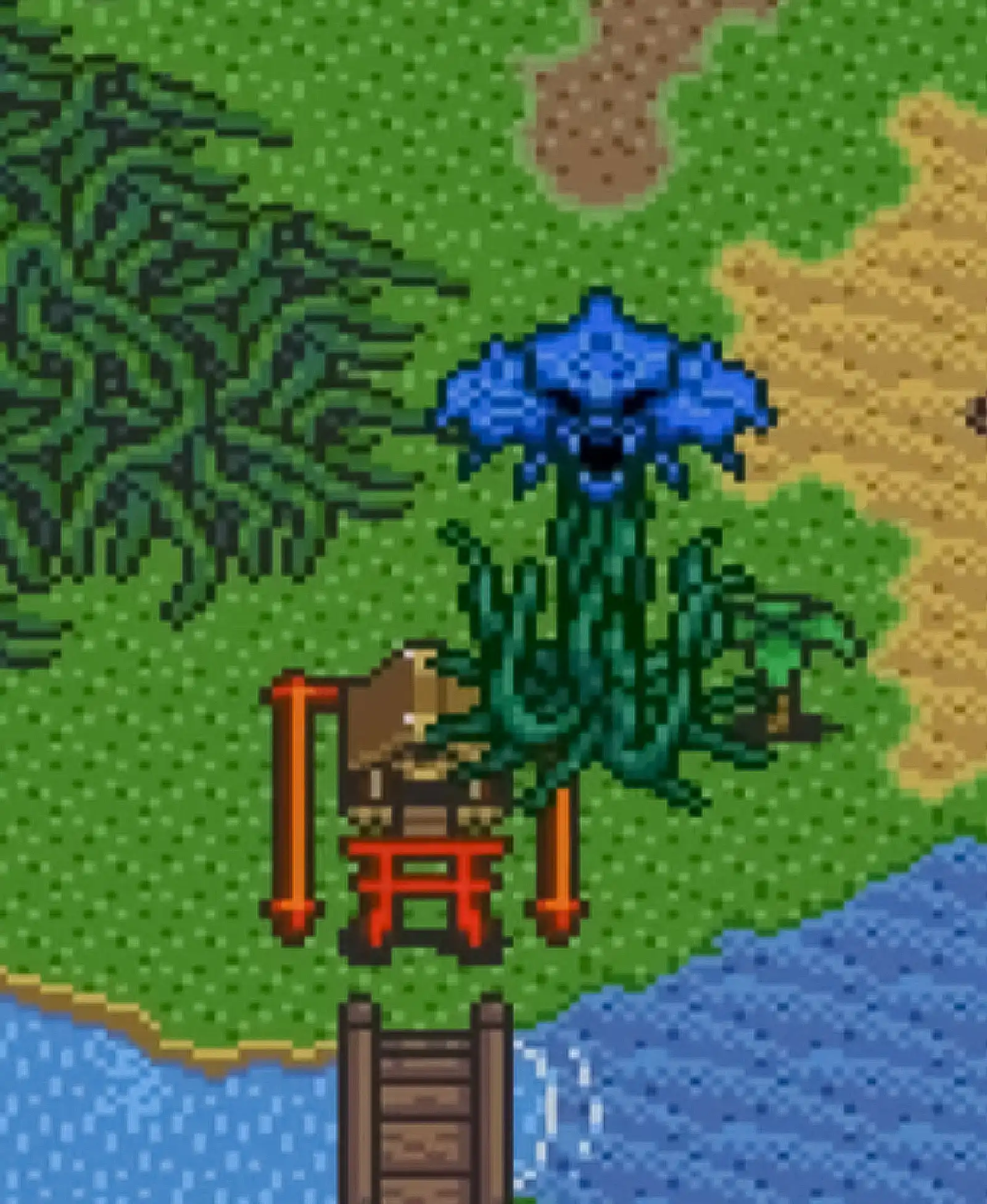
The Ankoku-ran that appeared at Ise Jingu in the Ise Province -
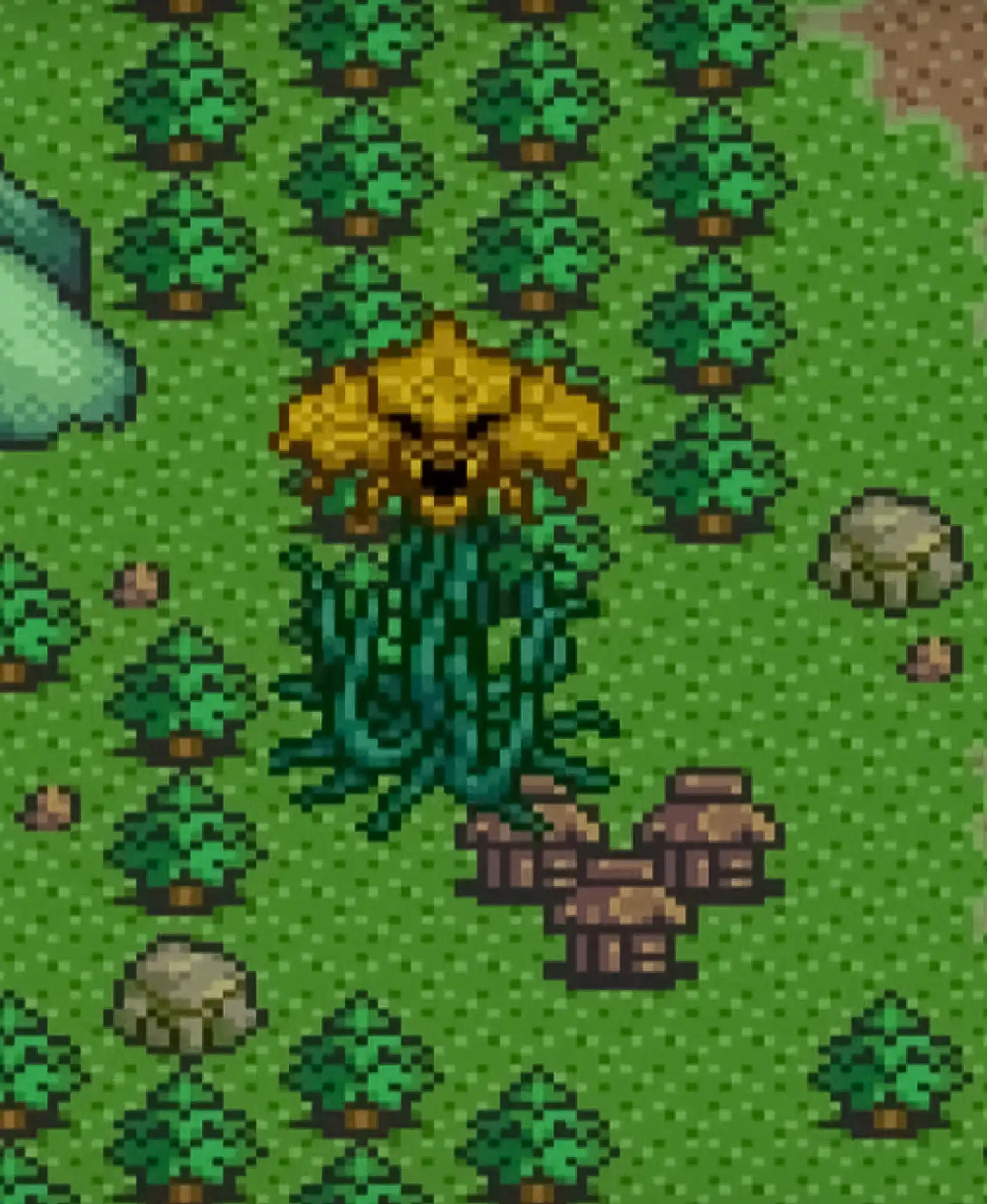
The Ankoku-ran that appeared in Fukui Village, Echizen Province -
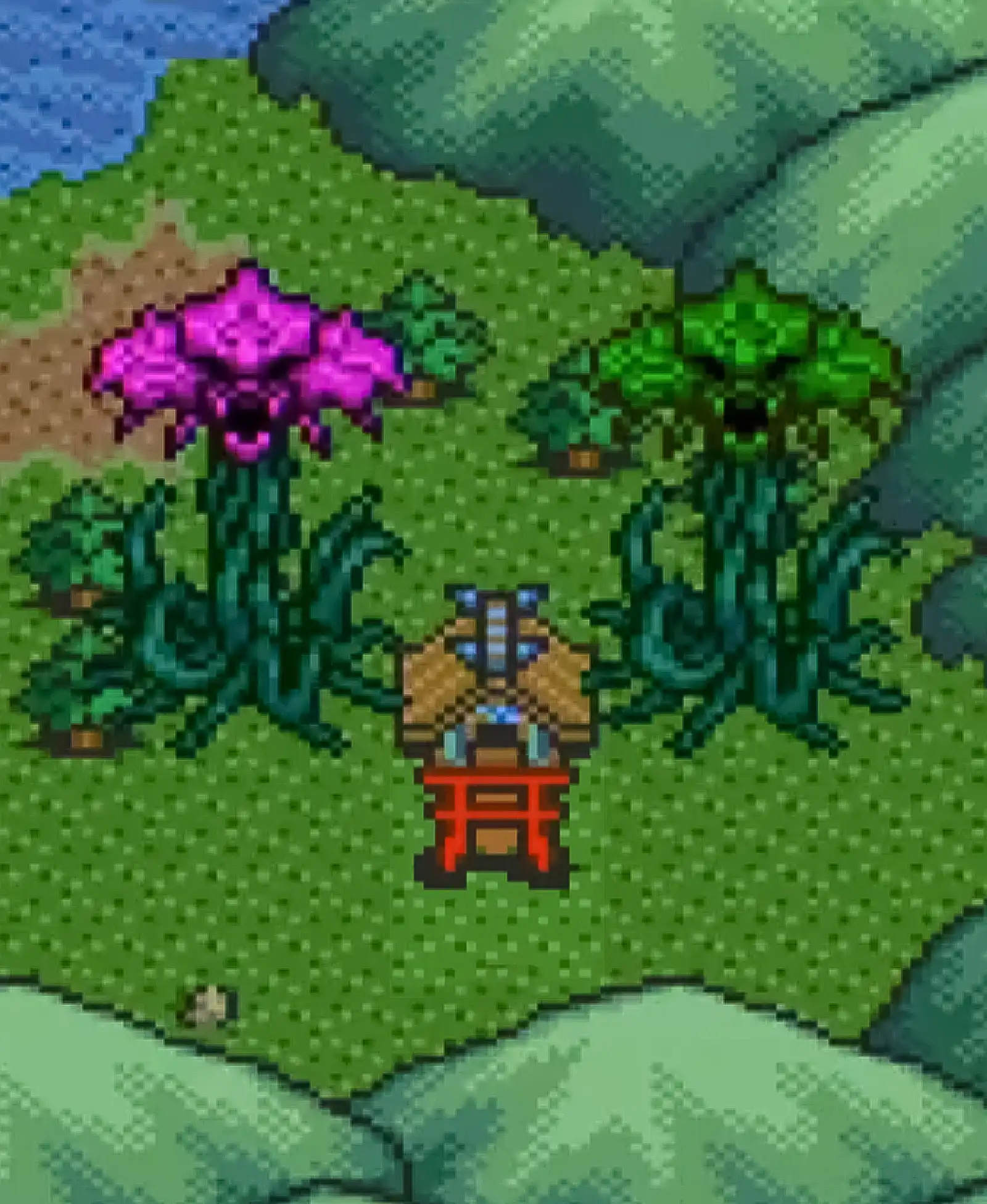
The two Ankoku-ran that appeared at Izumo Taisha in the Izumo Province -
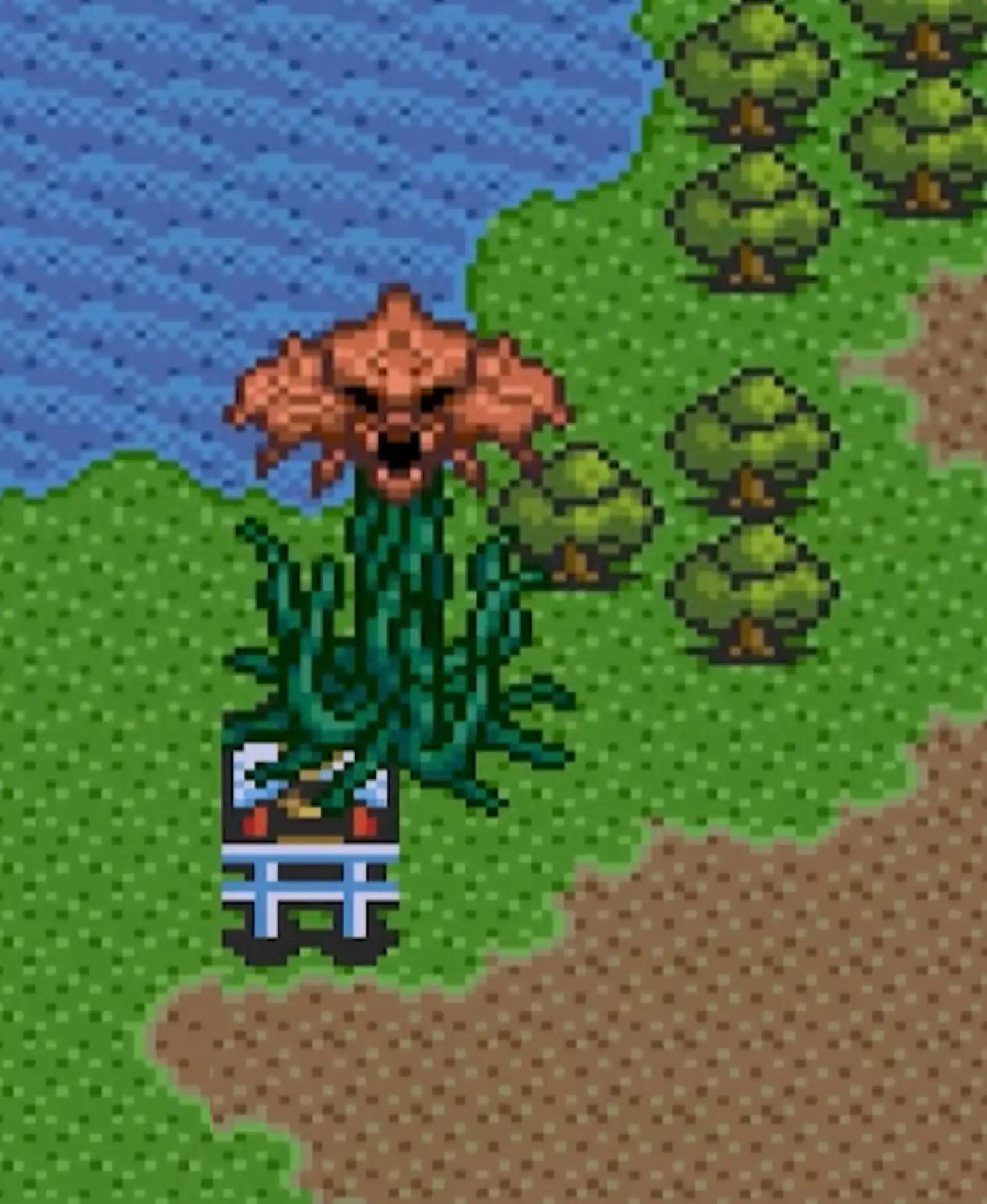
The Ankoku-ran that appeared at Sumiyoshi Taisha in the Naniwa Province -
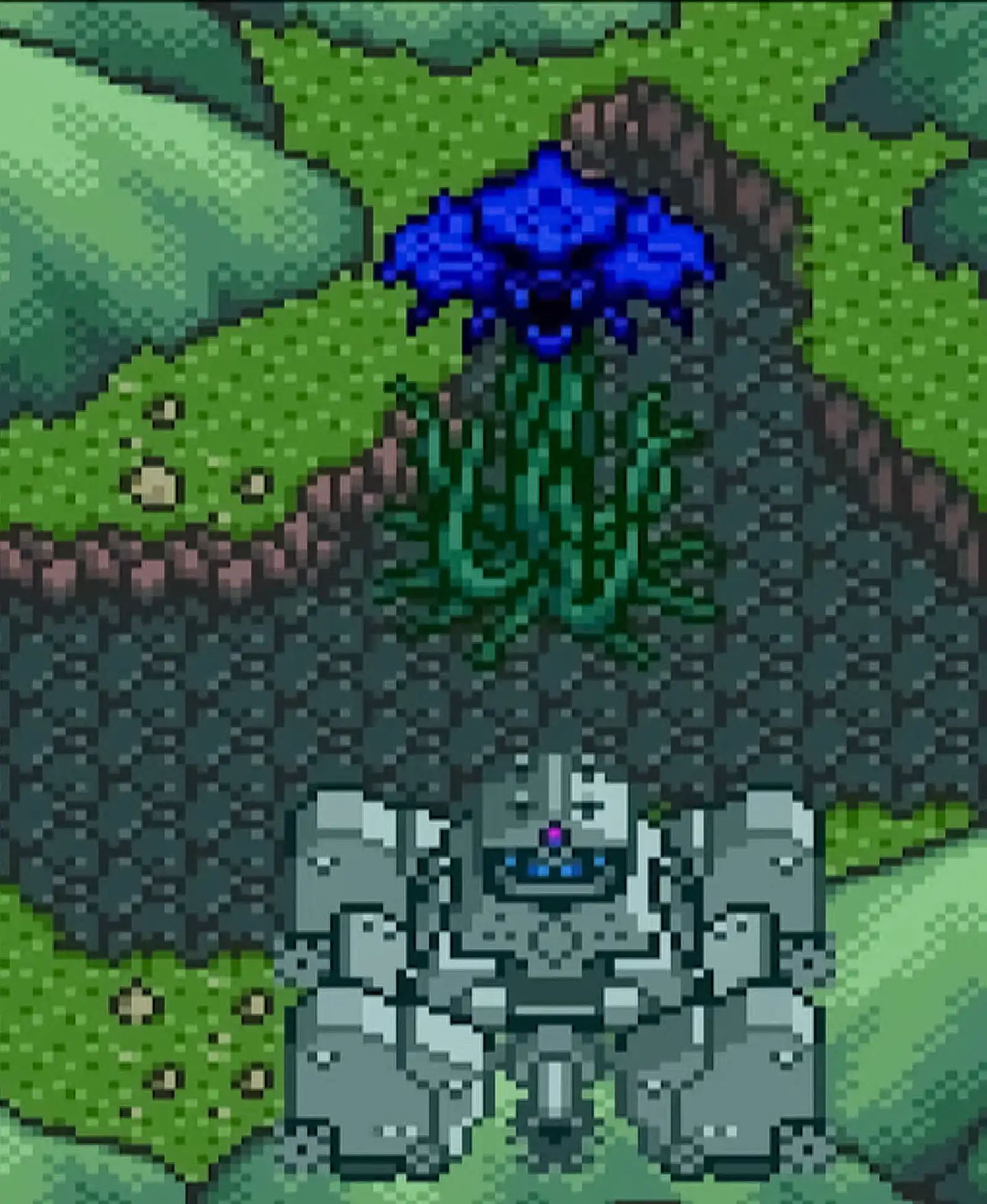
The Ankoku-ran that appeared in Akiyoshido Cave, Nagato Province -
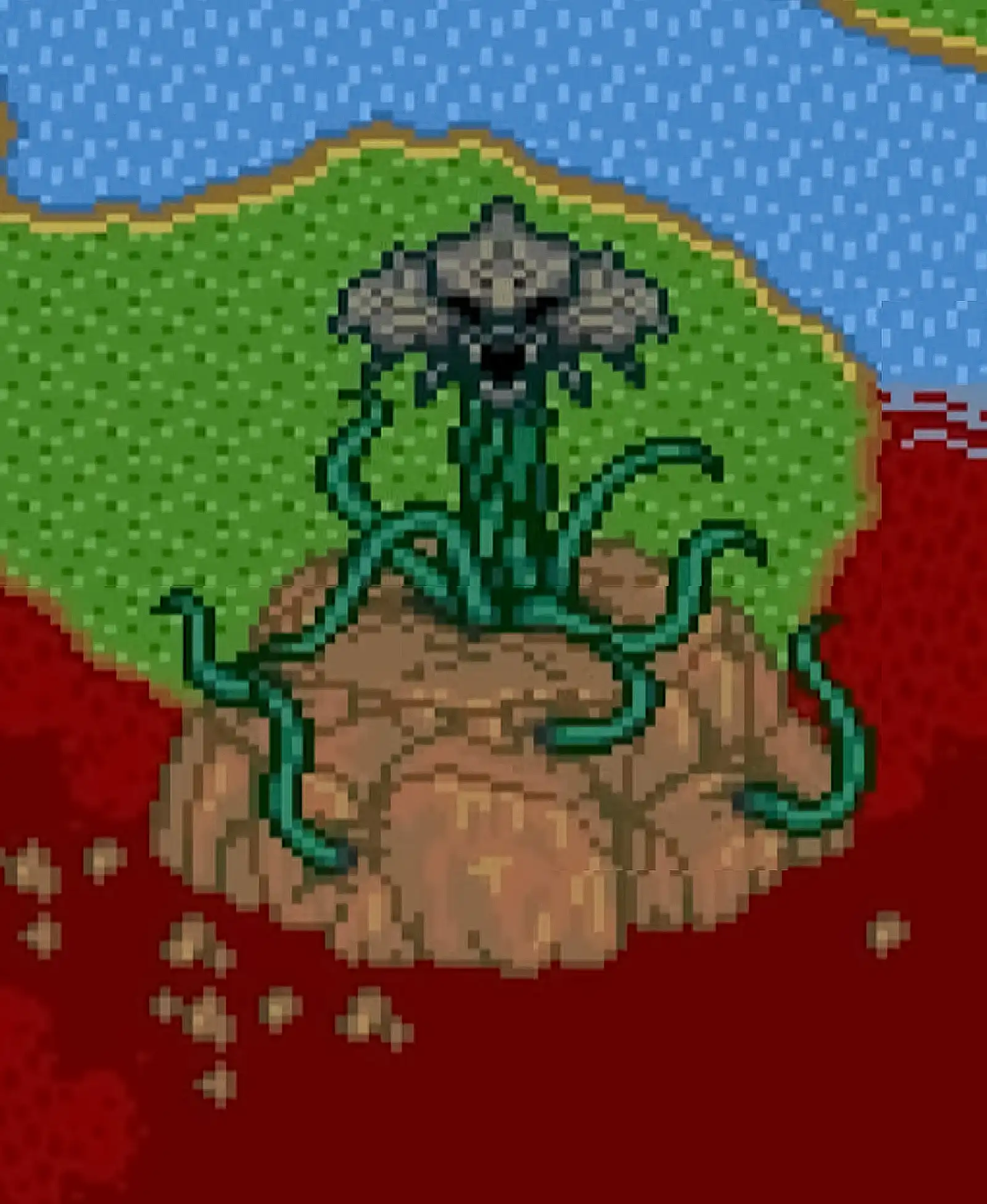
The Ankoku-ran that appeared in the Gosho District, Kyoto Province -
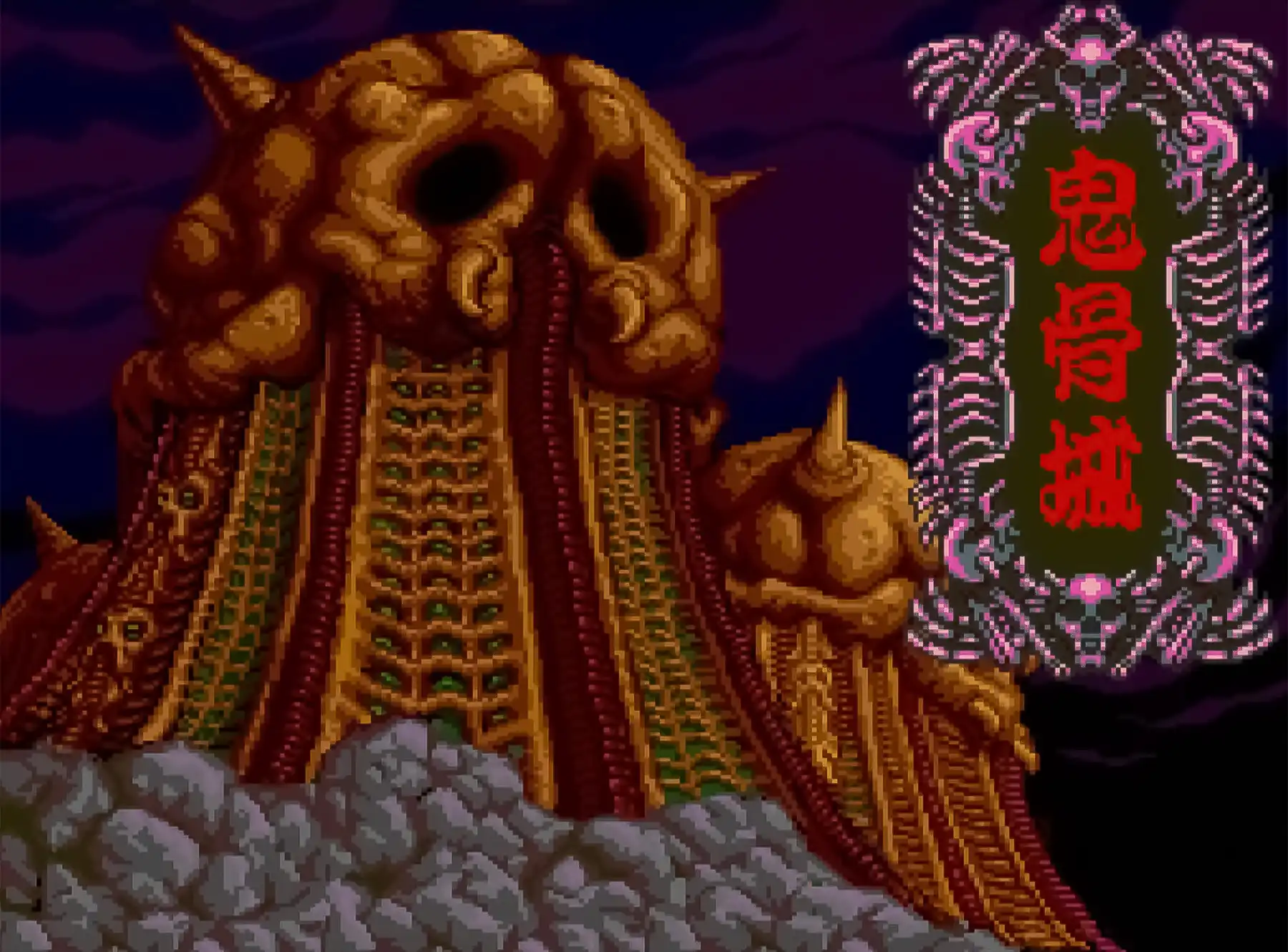
The "KIKOTSU-JŌ" that appeared in the southern part of Owari Province -
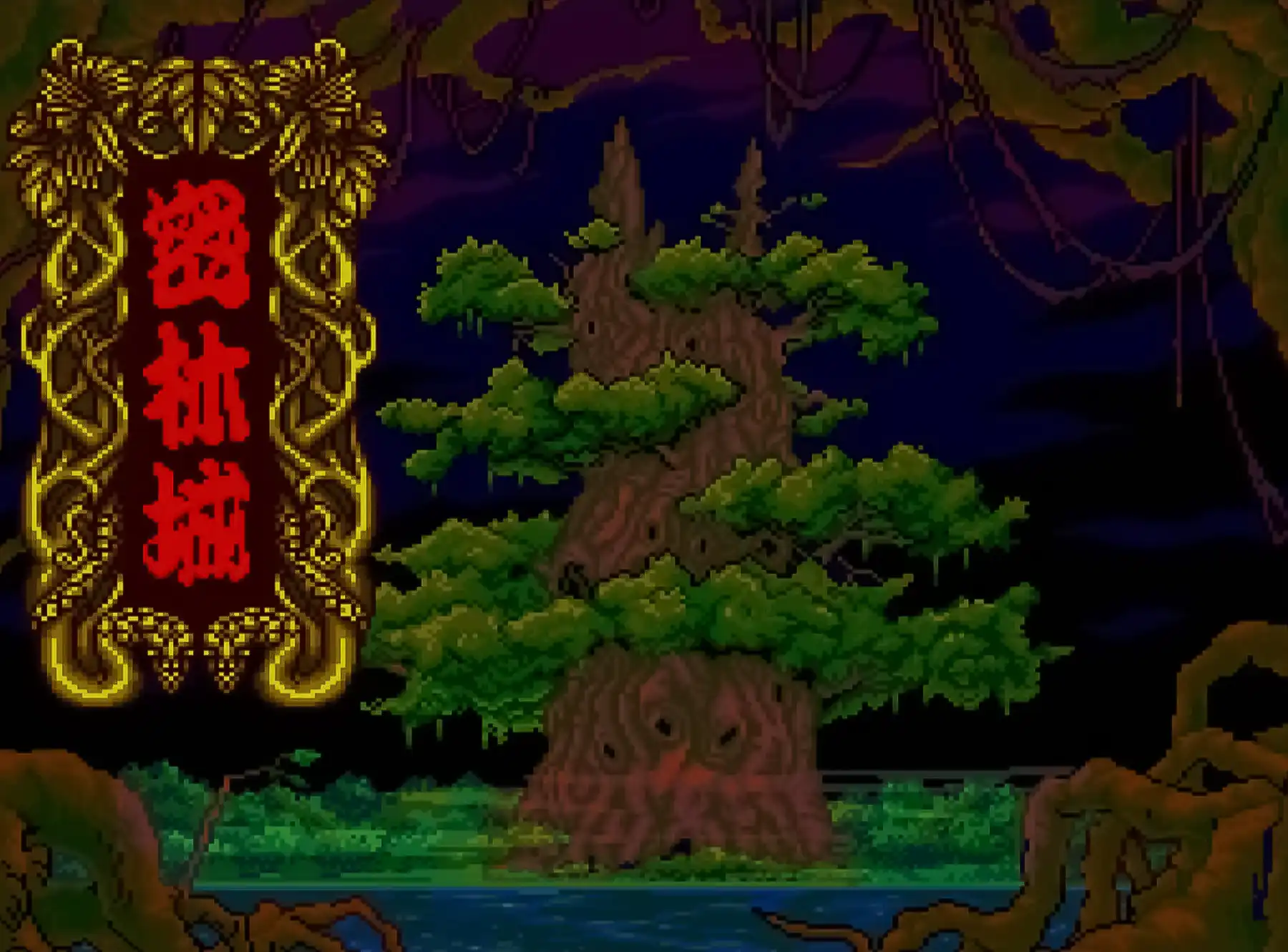
The "MITSURIN-JŌ" that appeared in the Ise Province -
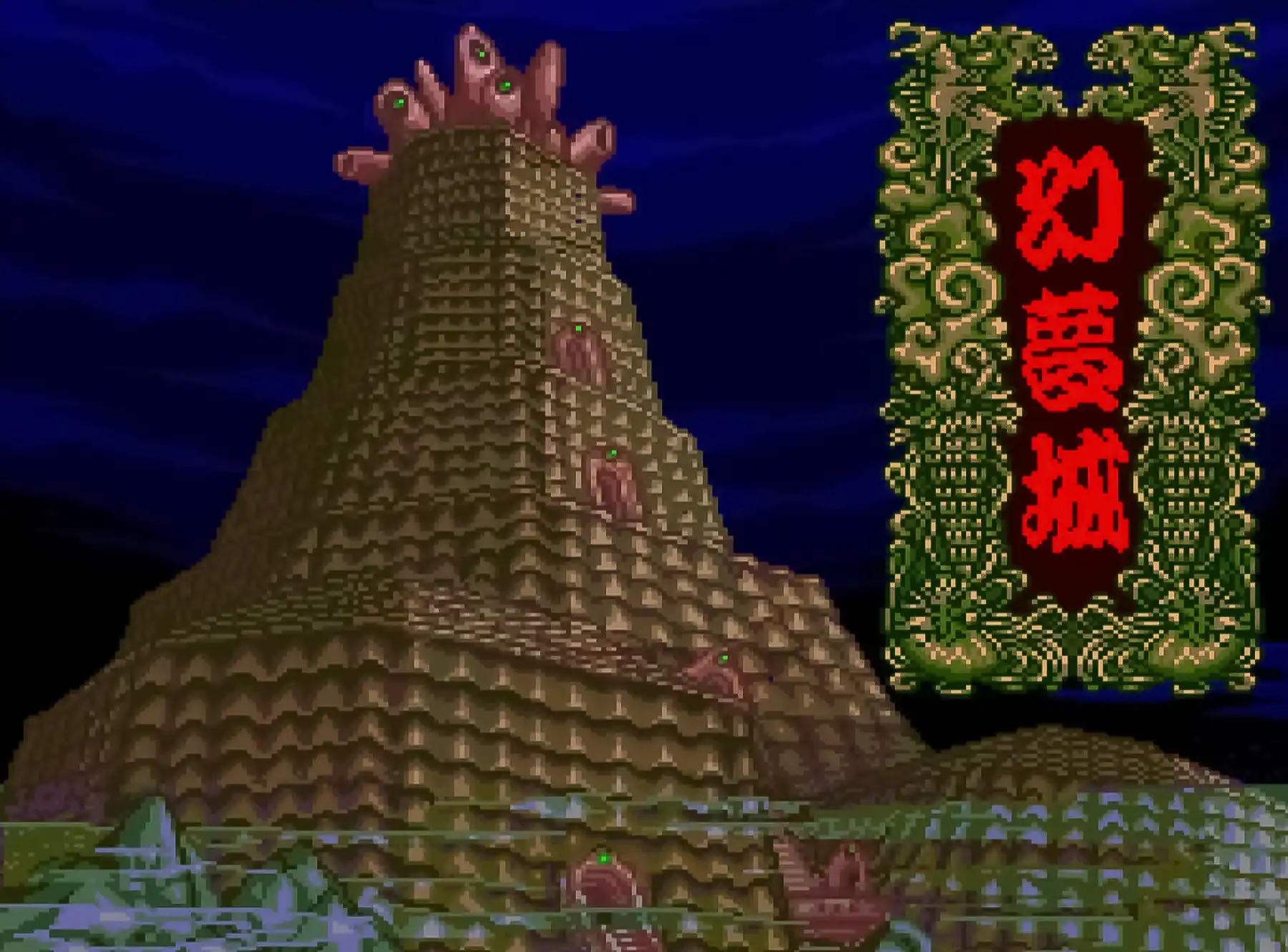
The "GENMU-JŌ" that appeared in the Etchu Province -
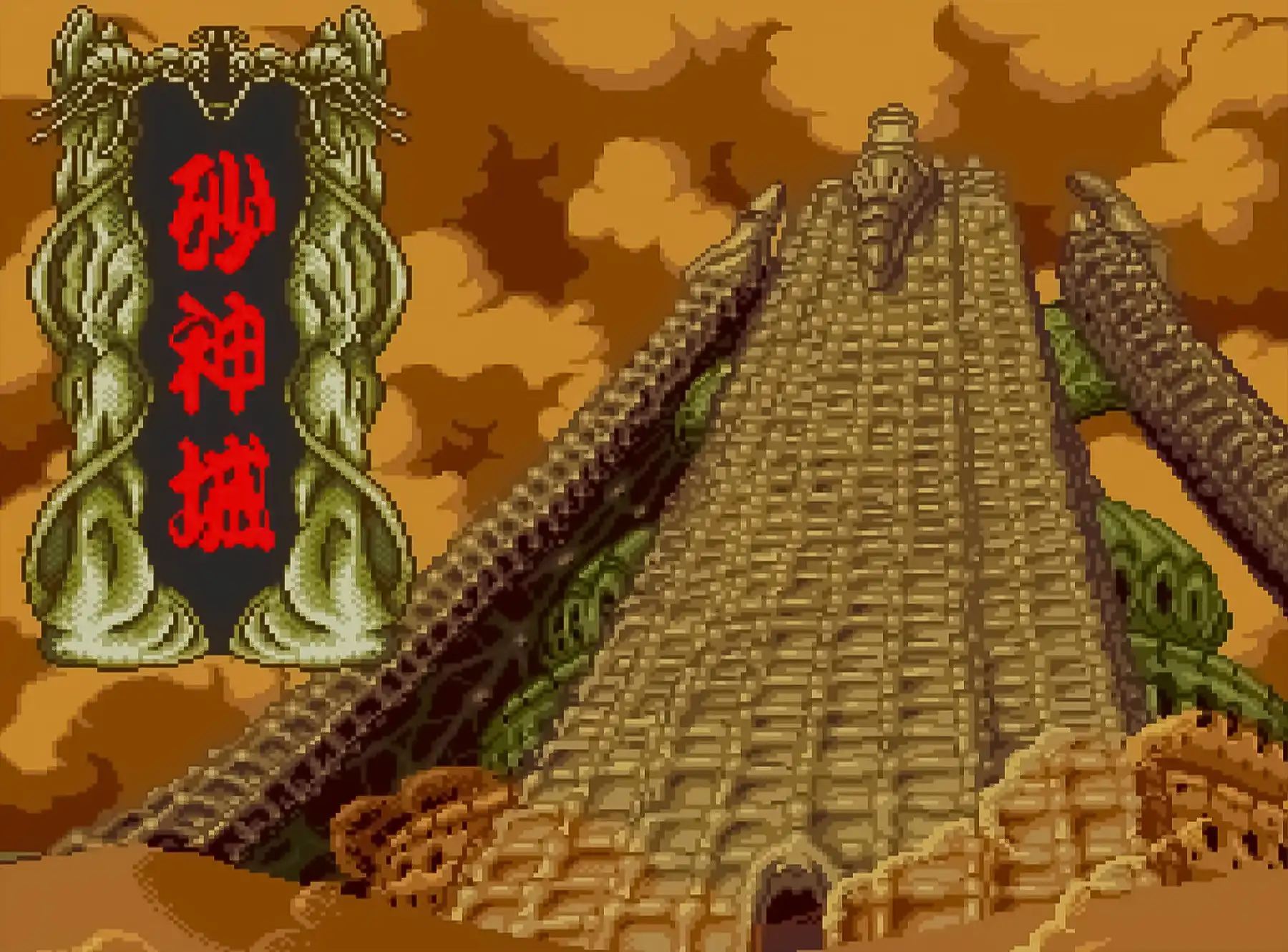
The "SAJIN-JŌ" that appeared in the Inaba Province -
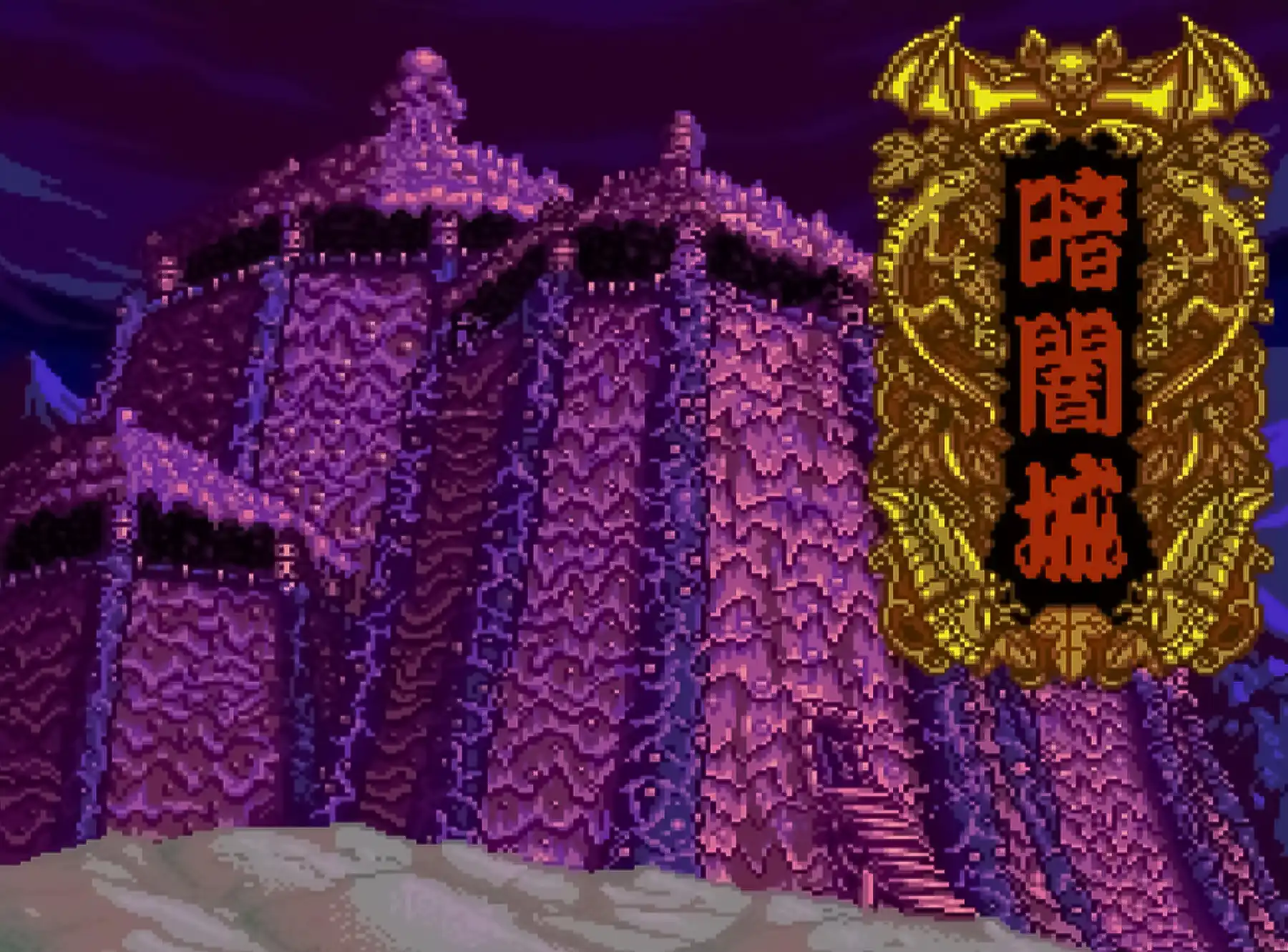
The "ANKOKU-JŌ" that appeared in the Iwami Province -
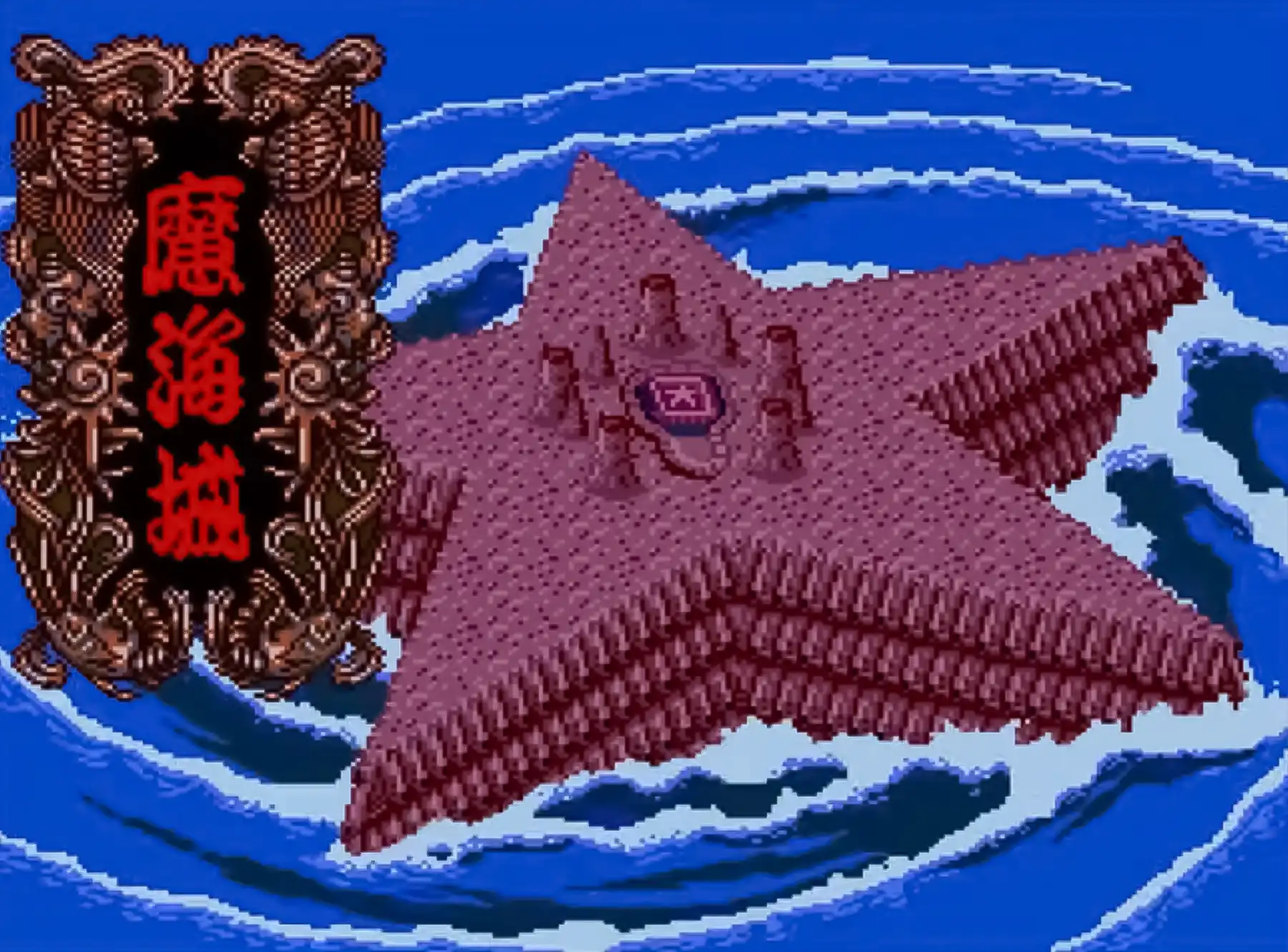
The "MAKAI-JŌ" that appeared in the Naniwa Province -
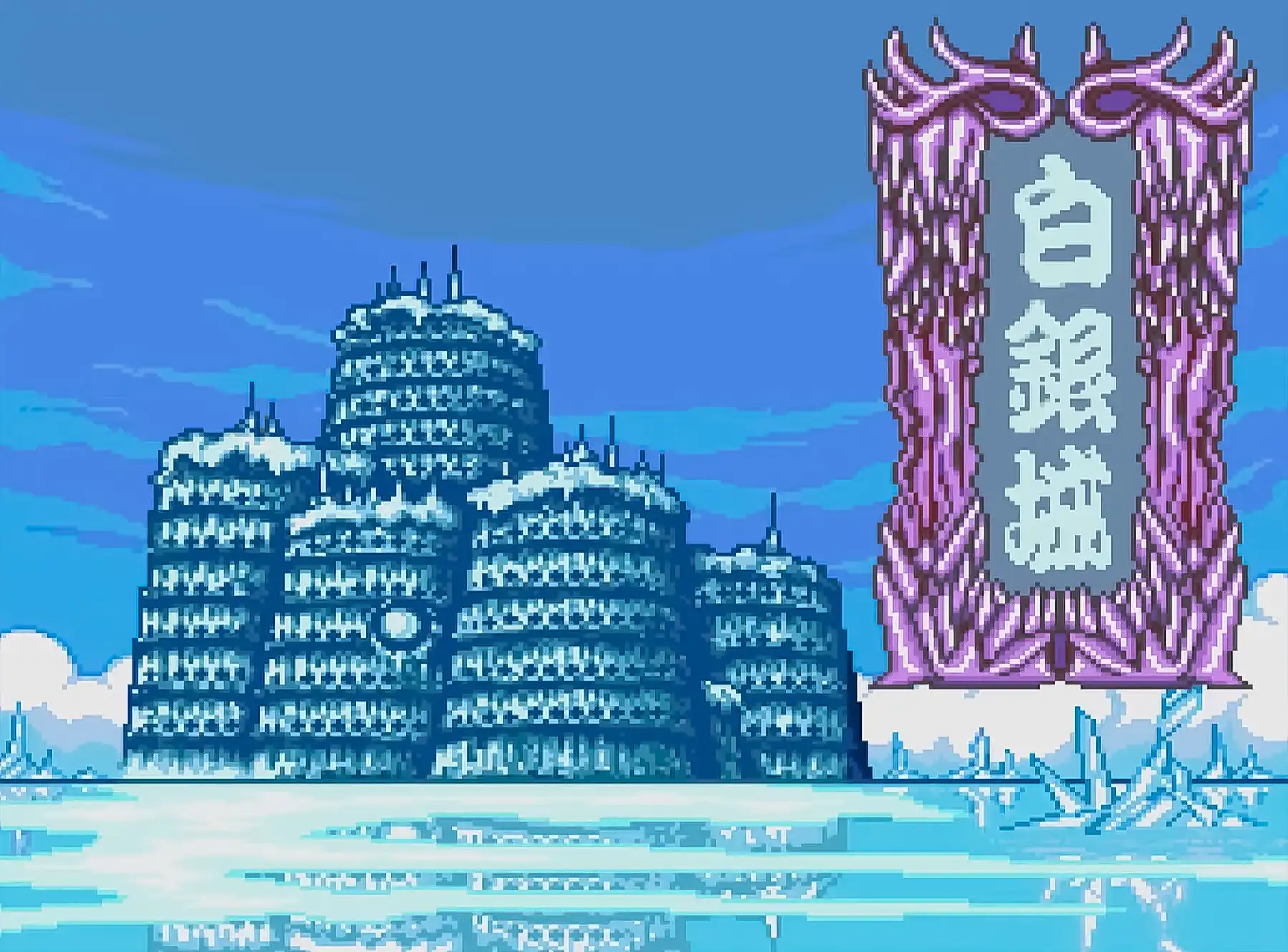
The "HAKUGIN-JŌ" that appeared in the Aki Province -
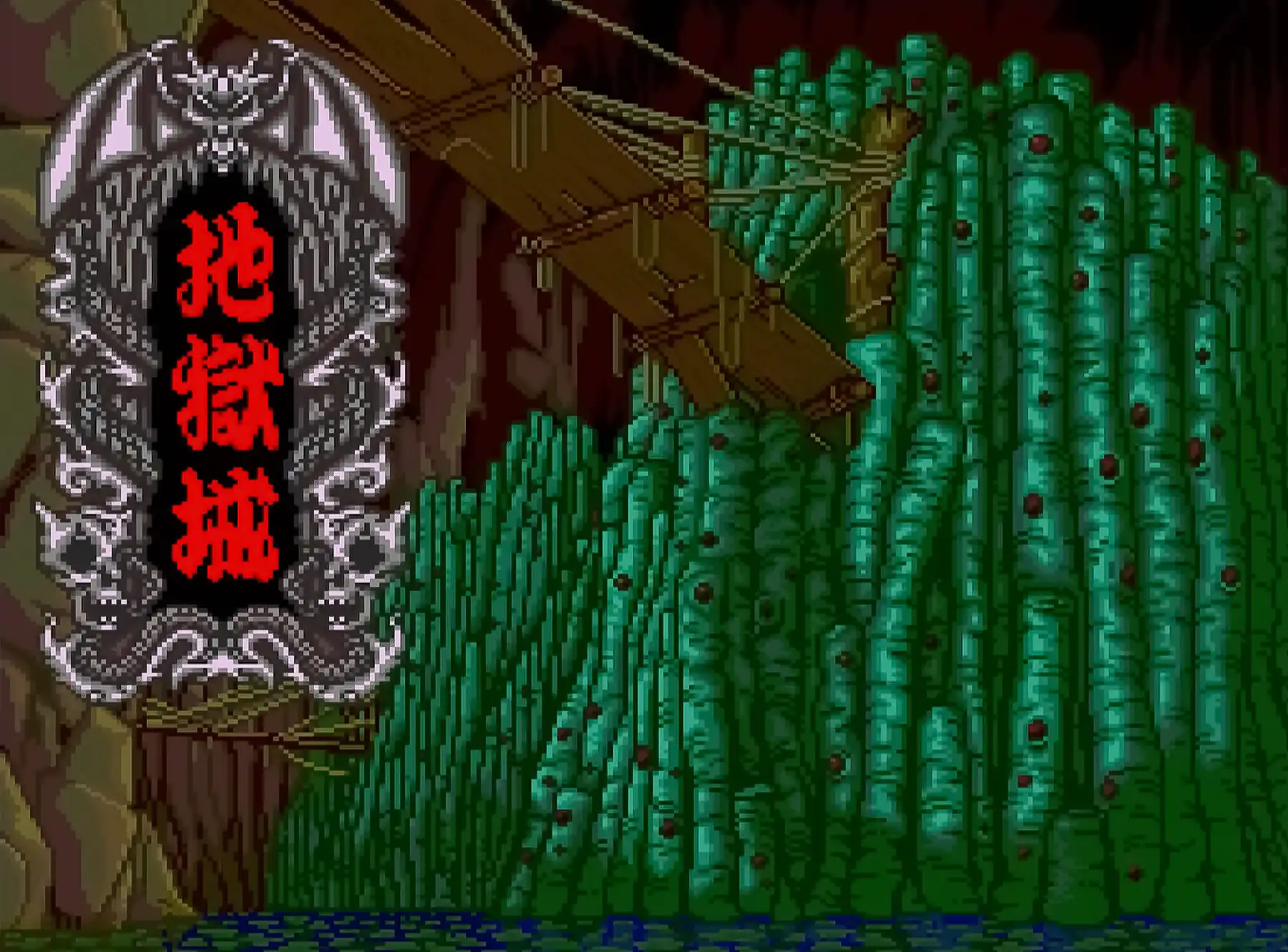
The "JIGOKU-JŌ" that appeared in the Kibi Province
Seichi
-
The setting of "TENGAI MAKYŌ: ZIRIA" is the Bando region (modern-day Kanto region).
-
The setting of "TENGAI MAKYŌ II: MANJI MARU" is the Yamato region (modern-day Kansai and Chugoku regions).
-
The setting of "TENGAI MAKYŌ III: NAMIDA" is the Kyushu direction (modern-day Kyushu region).
Trivia
- The English title is "FAR EAST OF EDEN."
- In the three works of Series I, II, and III, the "Three Sacred Treasures" of Japanese mythology play a significant role. In this work, the "Sword" is a key item.
- The name "Hida," the homeland of Manjimaru, is simply a play on the kanji characters for Hida City (Hidashi) in Gifu Prefecture. Manjimaru's village, Shirakawa, is a real village.
- The "Manji" (卍) symbol in "Manjimaru" has long been recognized in Japan as a symbol signifying temples. Its history is ancient, originating from Old Sanskrit and deeply rooted in Buddhism and Japanese culture. However, in many foreign countries, the use of the "Manji" symbol is criticized because it reminds people of the Nazi swastika. Despite the differences between the Manji and the swastika, such as the direction of rotation and the swastika typically being rotated 45 degrees, their similarity has frequently led to controversy.
- The characters "Kabuki Danjuro" and the lord of the jungle castle, "Kikugoro," derive their names from the "Danjuro Kikugoro" of the Japanese Kabuki industry.
- At that time, it was rare for games to feature voice acting or animated movies, making it feel like playing a game while watching an anime, which led to immense popularity.
- Despite universal acclaim from those who played it as a masterpiece, the game did not become widespread due to hardware limitations. At the time of its release, around 2 years after the launch of the Super Nintendo Entertainment System (1991-1992), it was the golden age for the SNES with the release of famous titles such as "The Legend of Zelda: A Link to the Past," "Romancing SaGa," "Contra Spirits," "Mario Kart," and "Final Fantasy V." Unlike today, the target audience for games was mostly children, and the SNES was priced at 25,000 yen, whereas the main hardware for the "TENGAI MAKYŌ" series, the "PC Engine Duo," was priced at 59,800 yen, making it unaffordable for many children. While the software itself was priced competitively with the SNES, or even cheaper in some cases, the high cost of the hardware meant that most households could not afford to play the games. With the game's existence itself going unrecognized, it's a sad part of history that many masterpieces were not seen by a lot of children as time passed.
- In this Japanese-style RPG, the counter for "level" is expressed as "段(dan)".
Sources
Fire Clan
Soul (The Fire Hero of a Thousand Years Ago)
Iga Ninja
Human
Animals
Mermaid Tribe
Demon Tribe
Snake Clan
Robot
Ihika Tribe
Daimon Church
Root Clan
God
